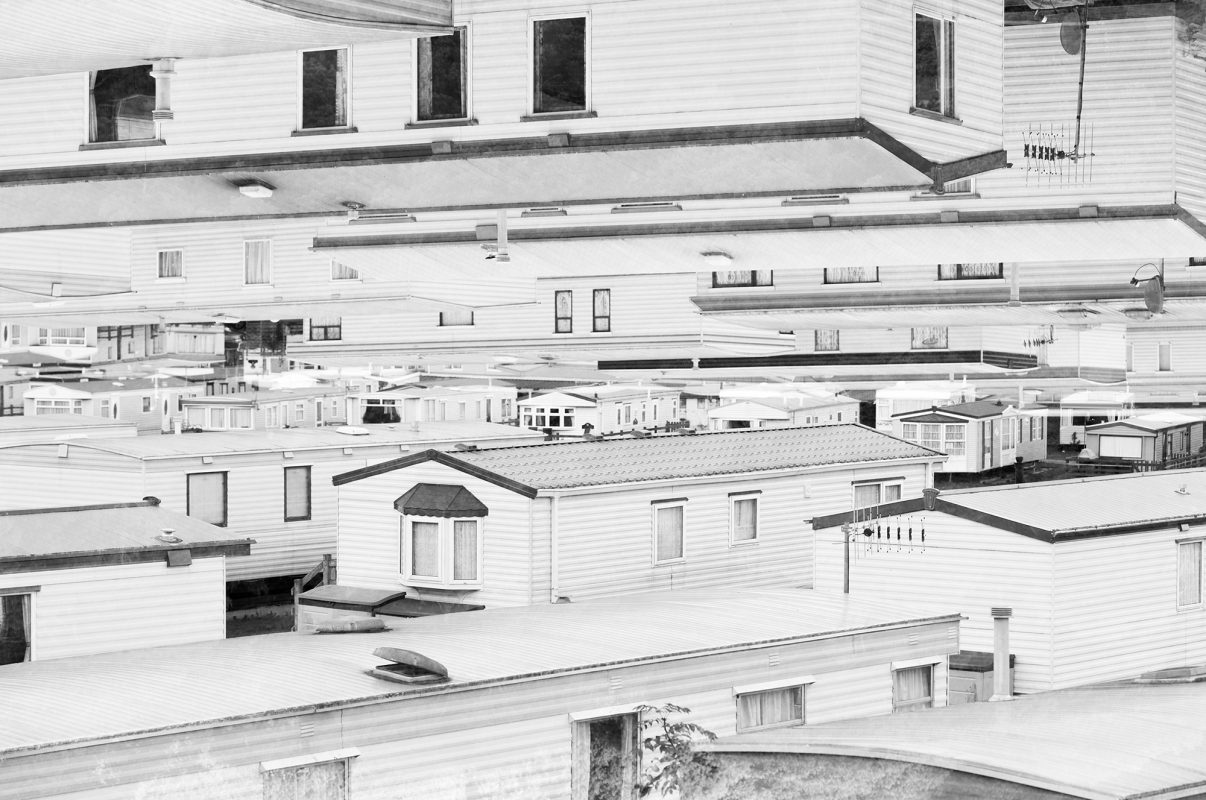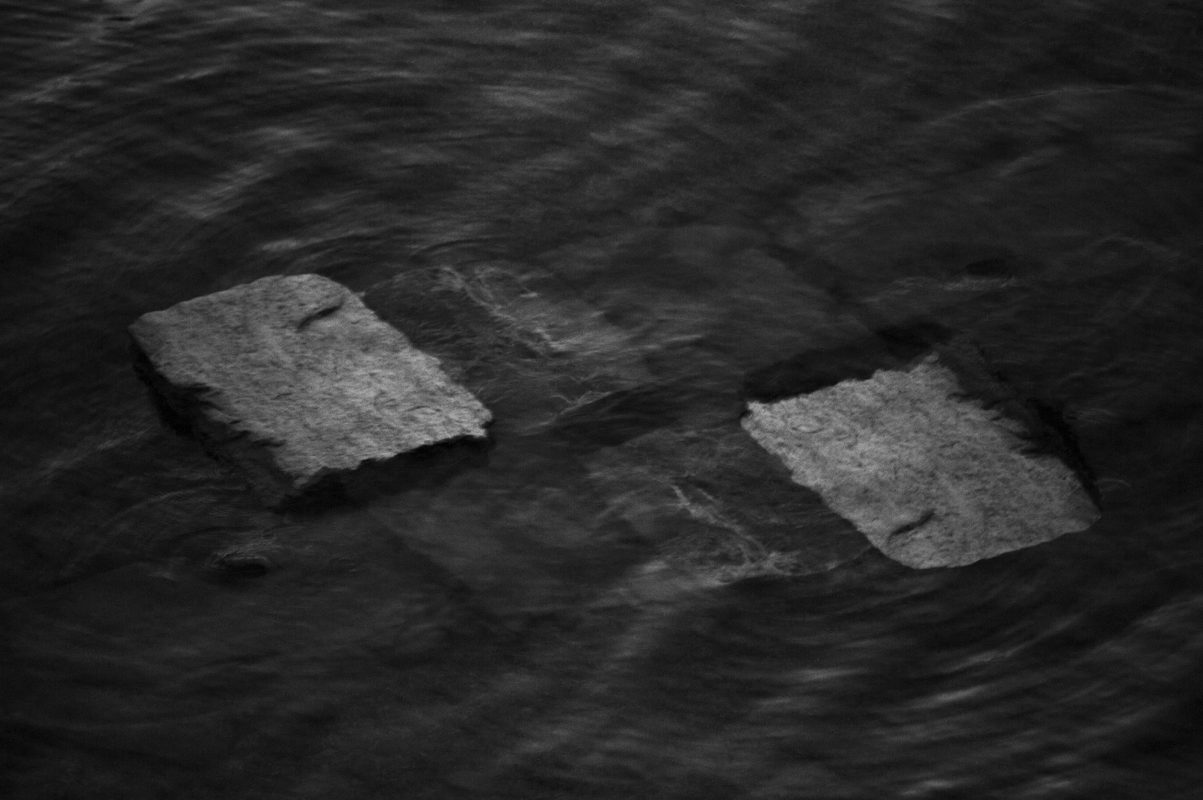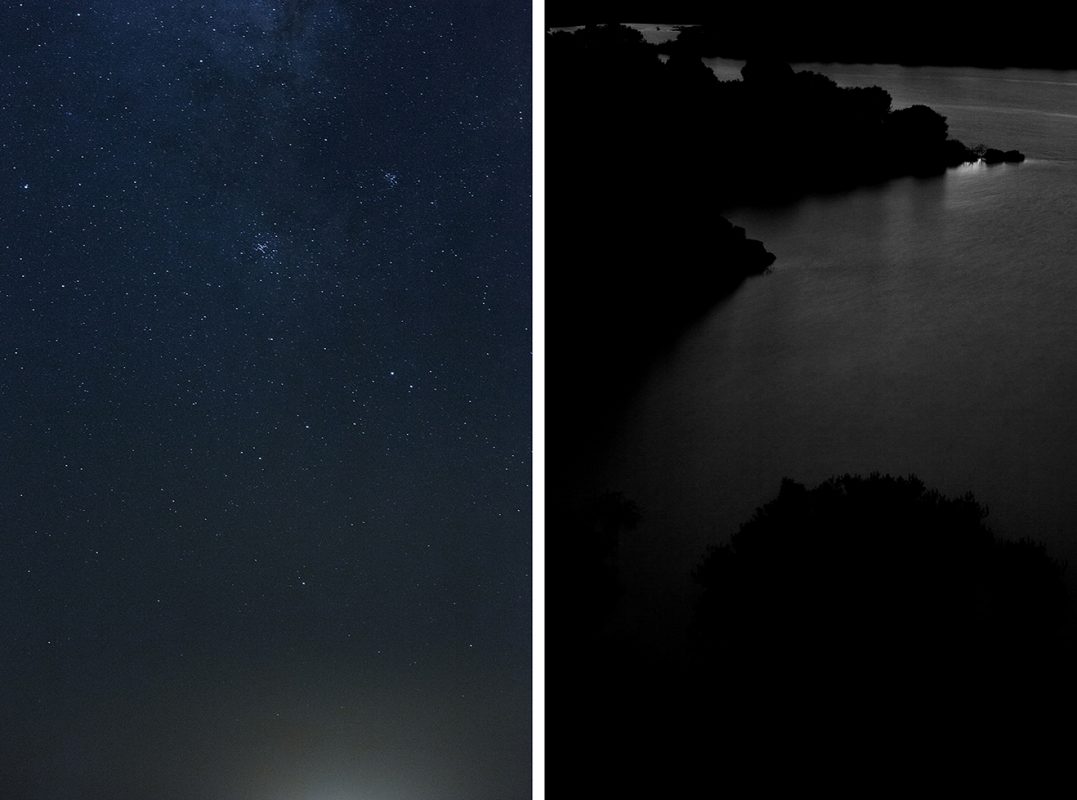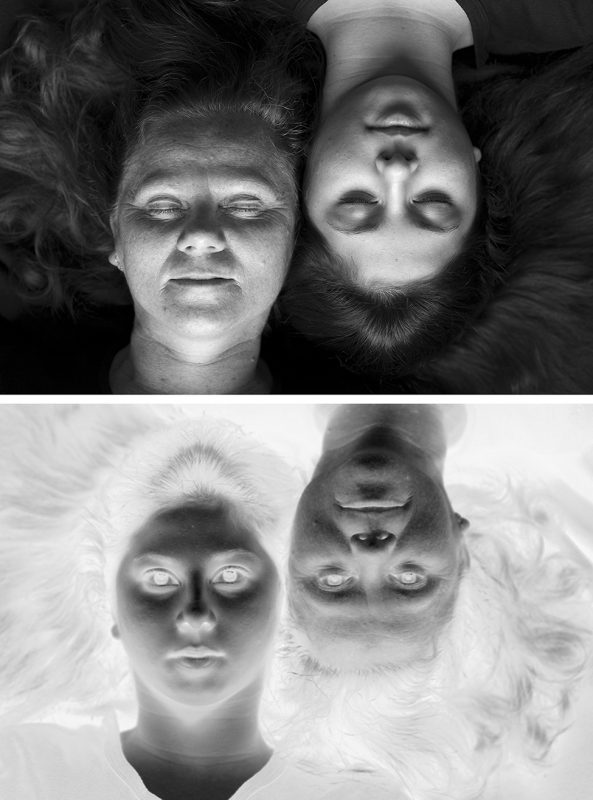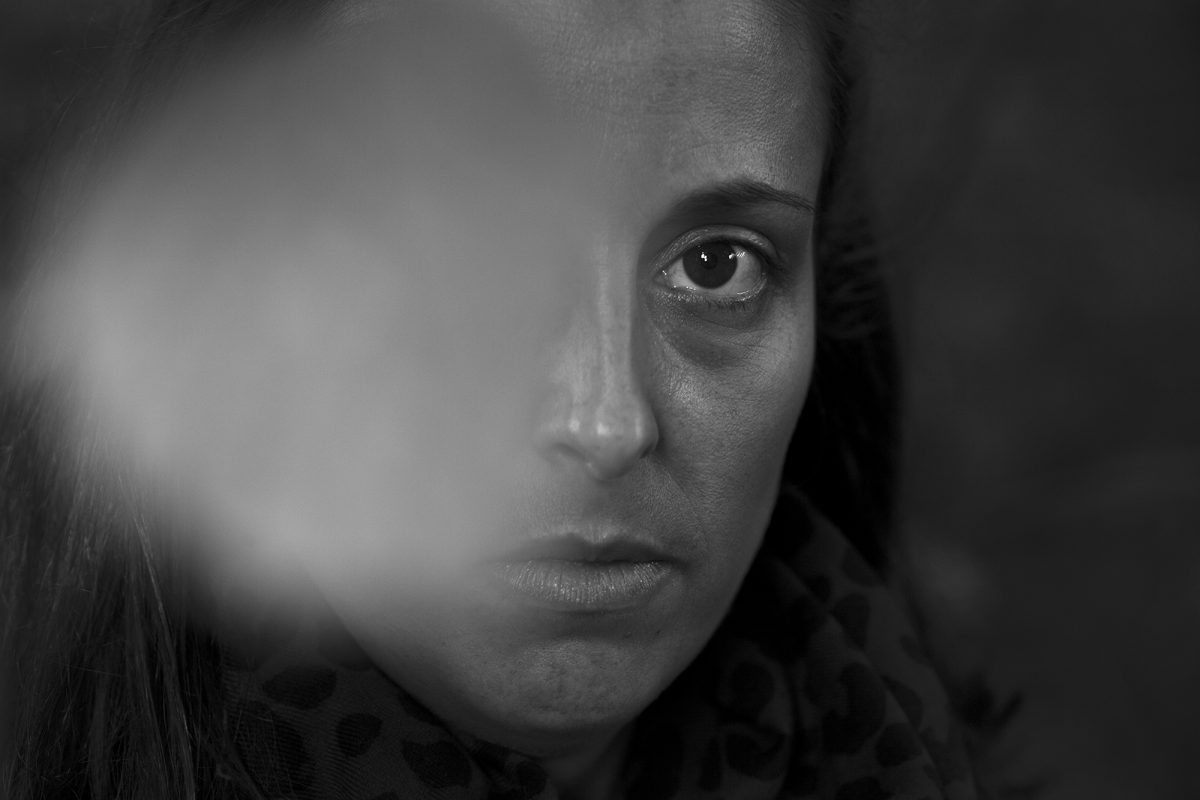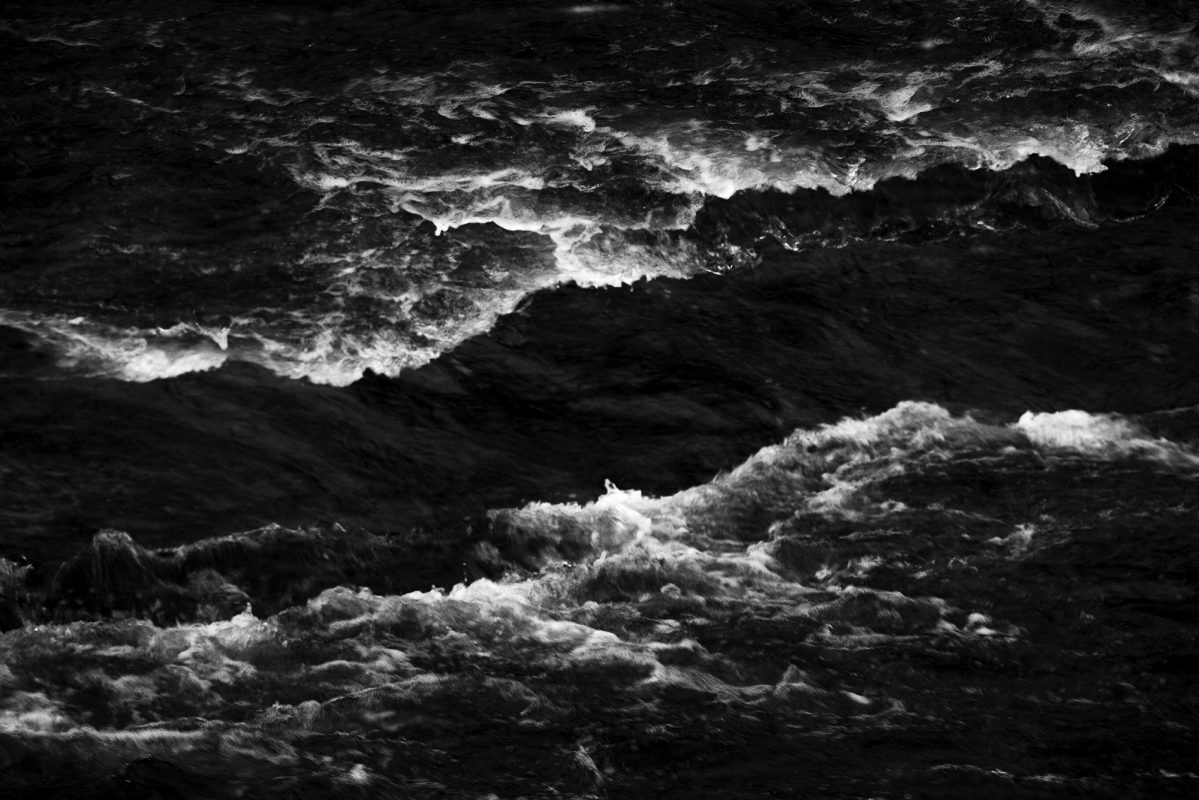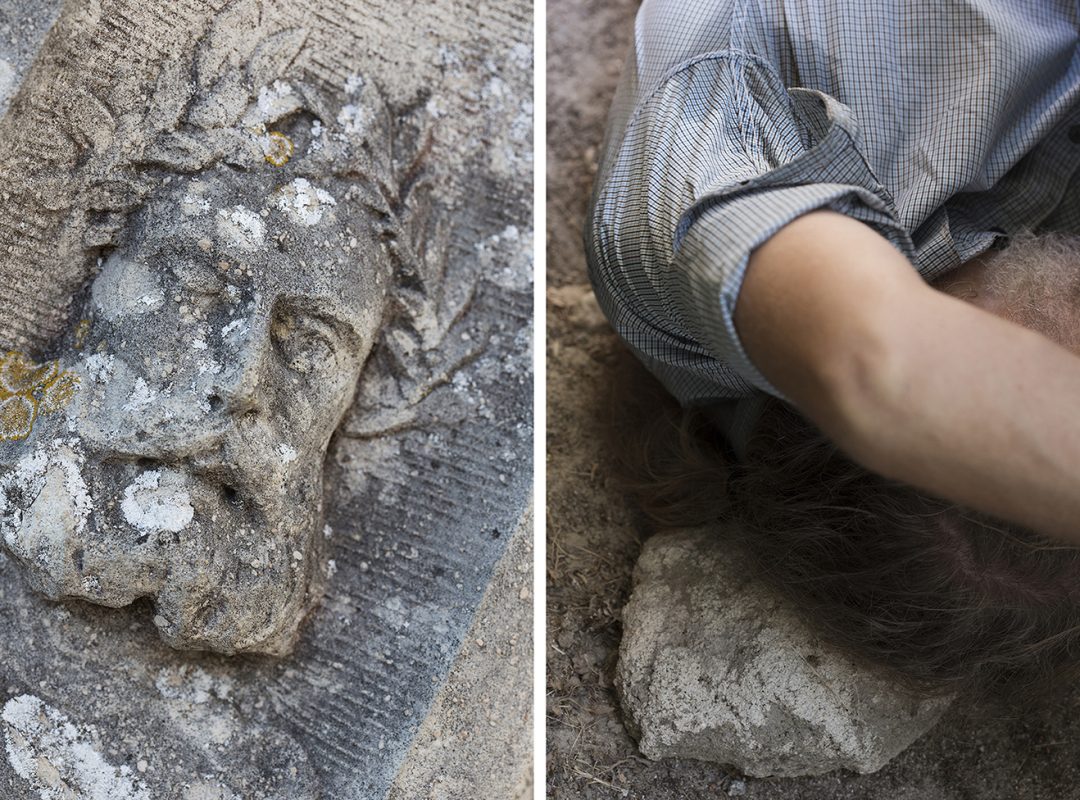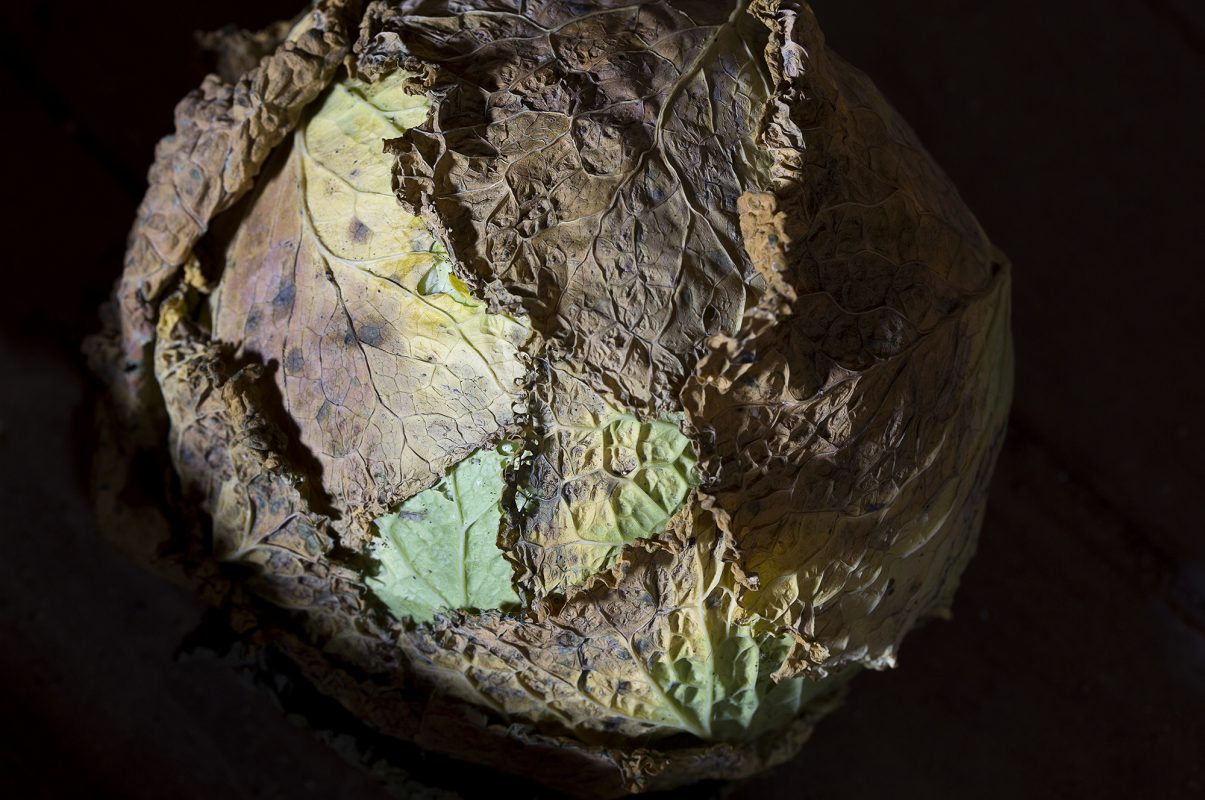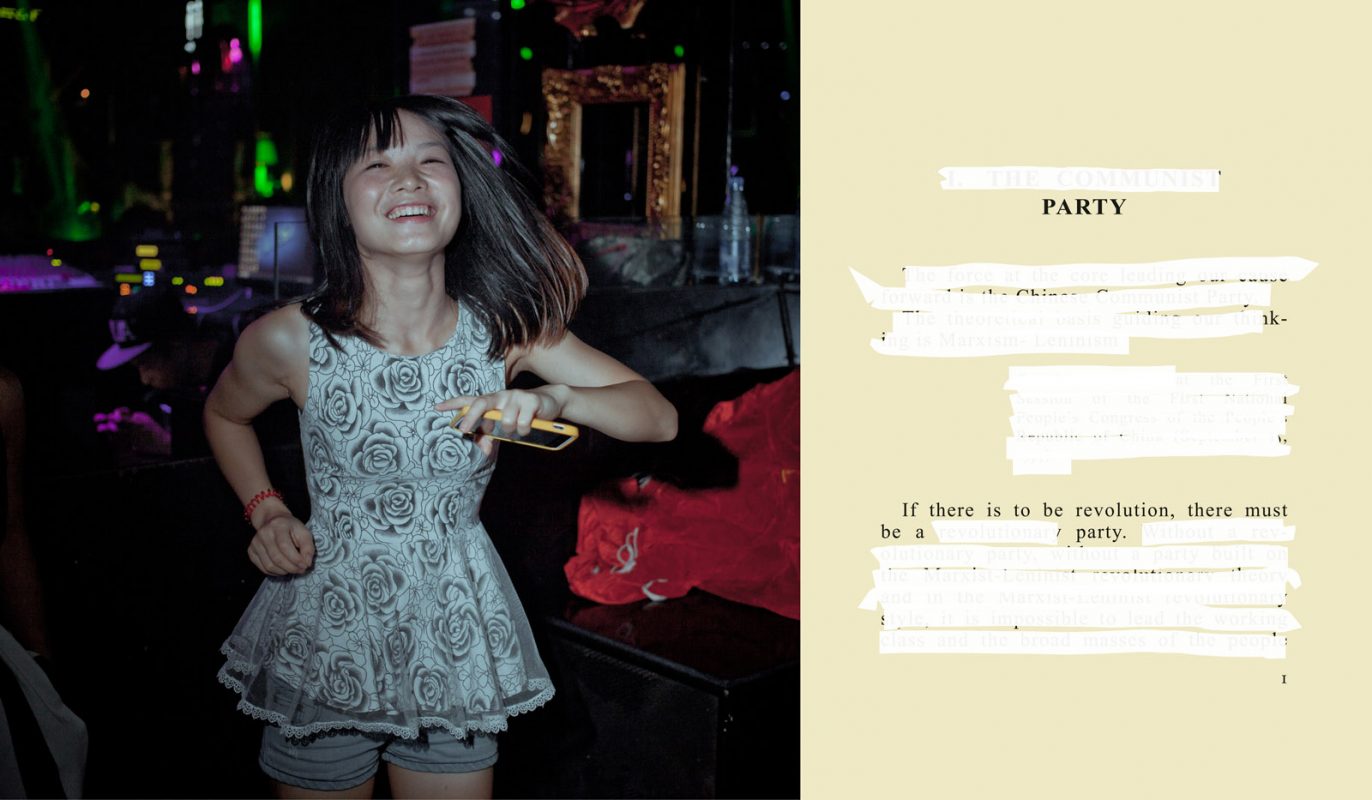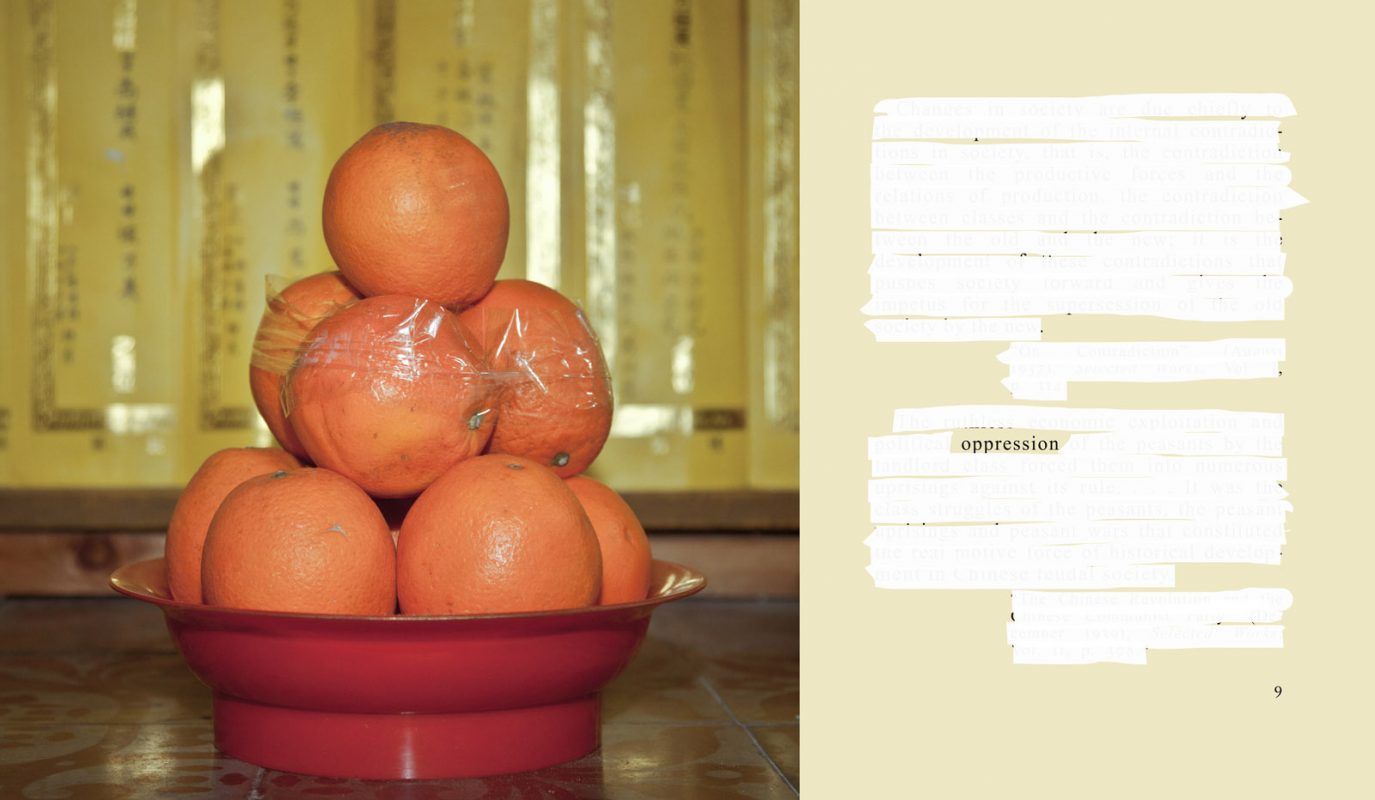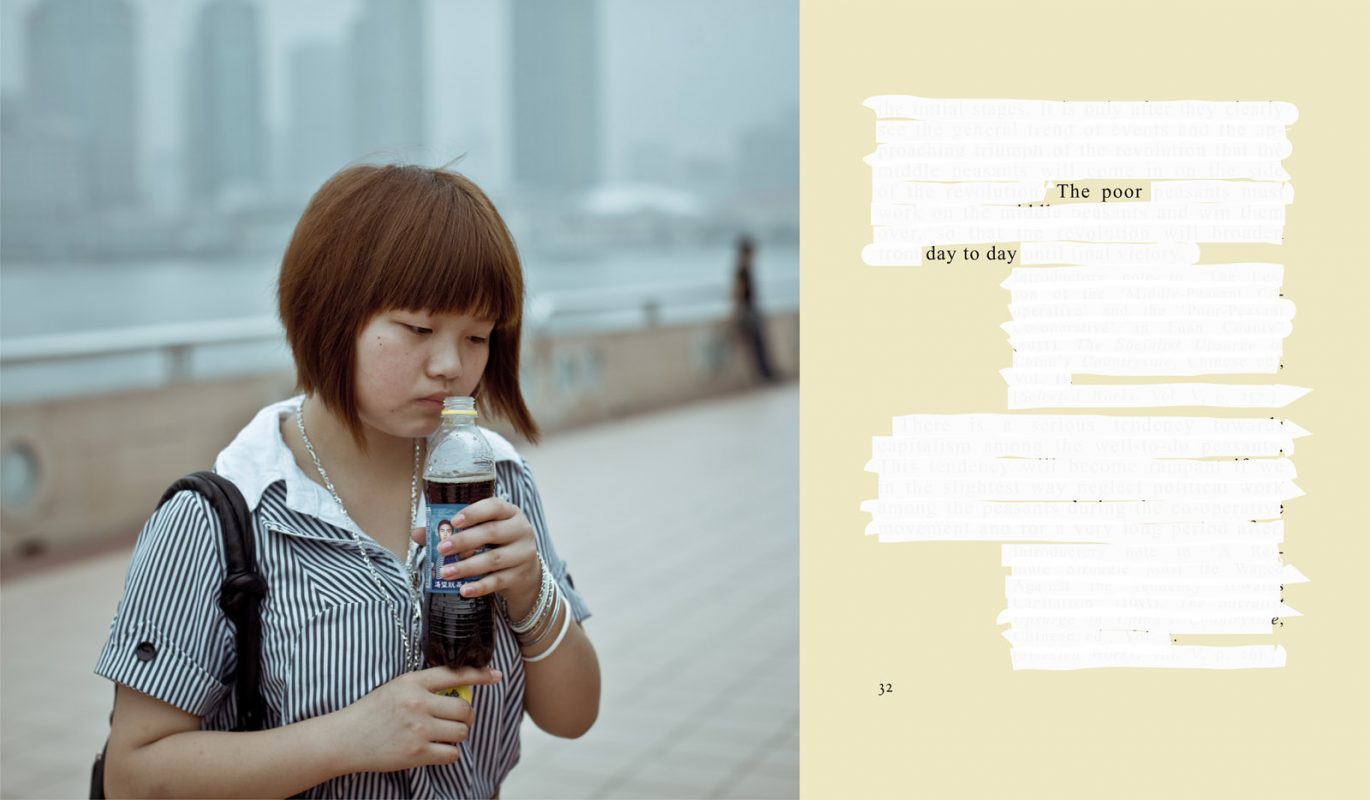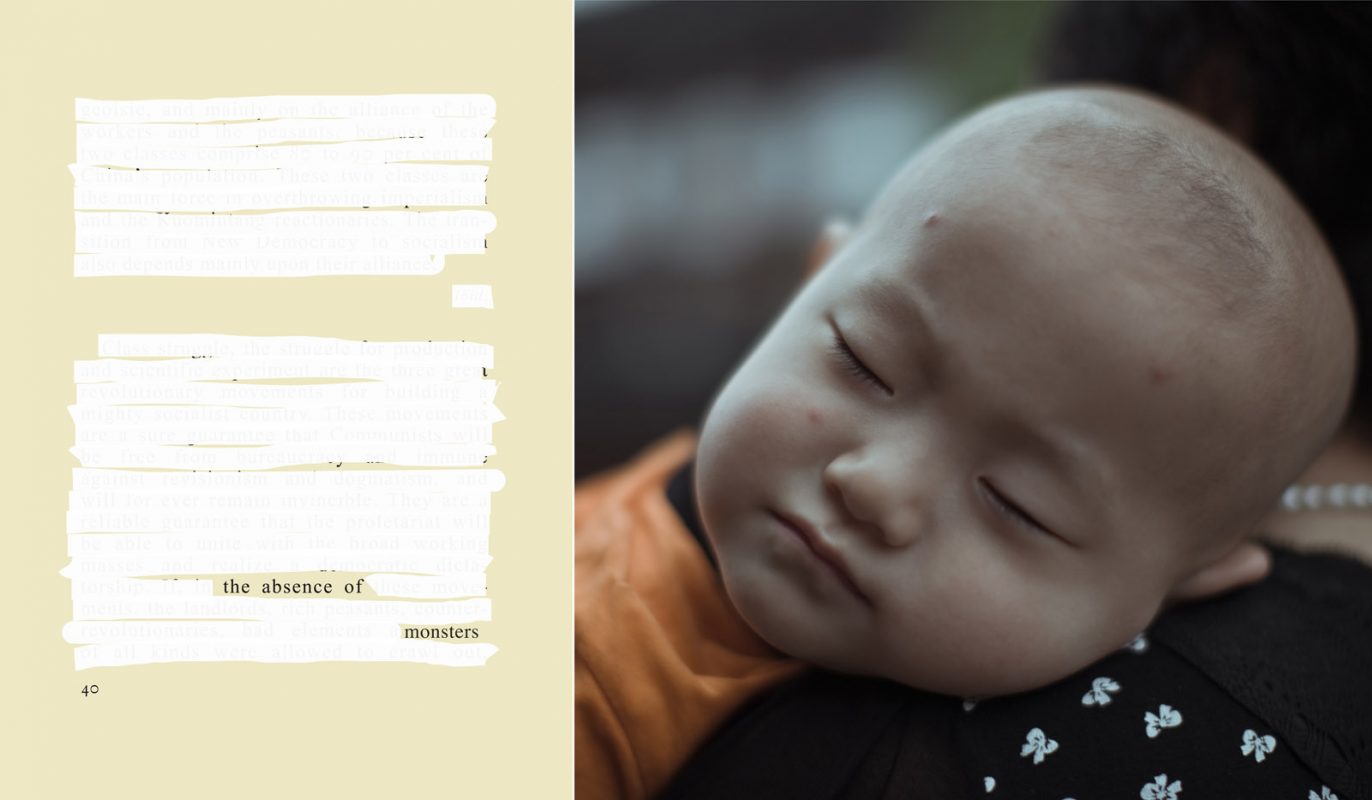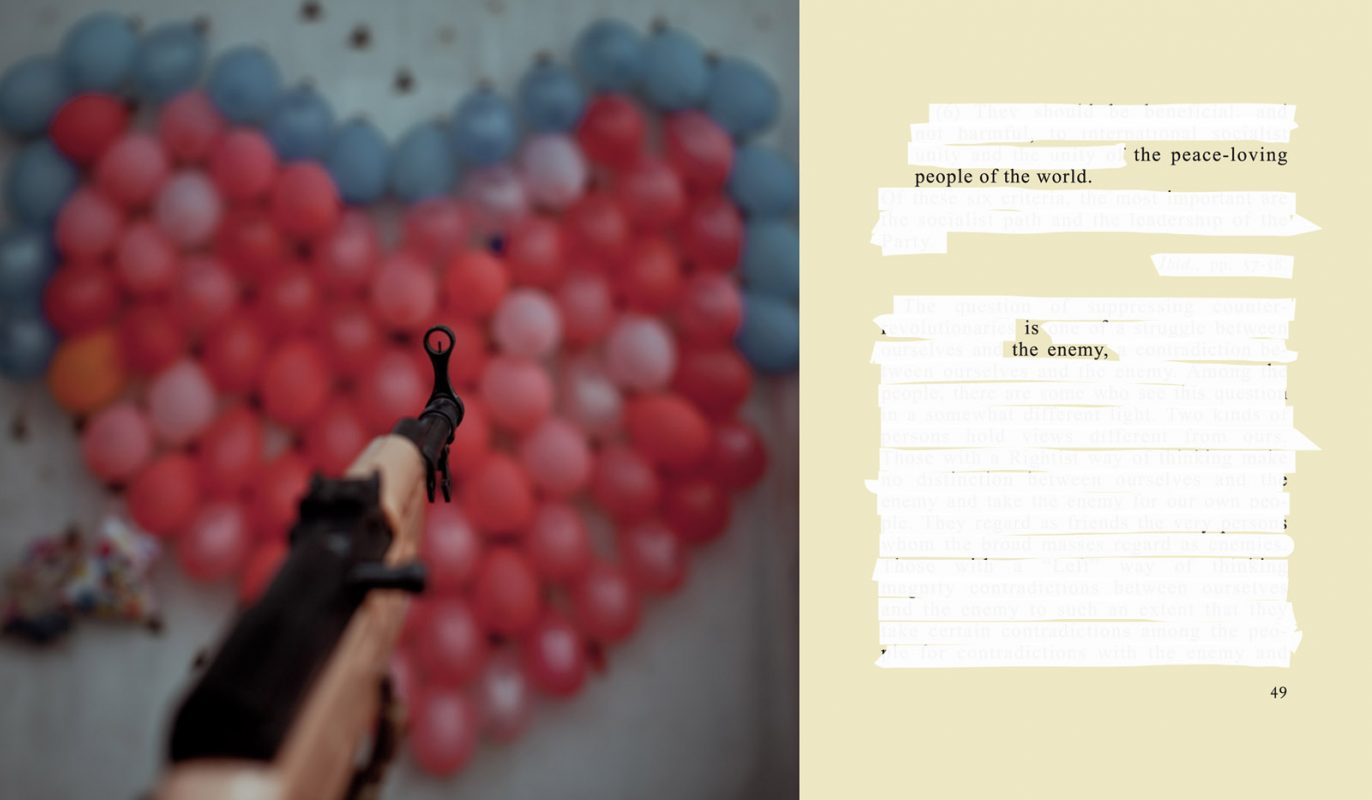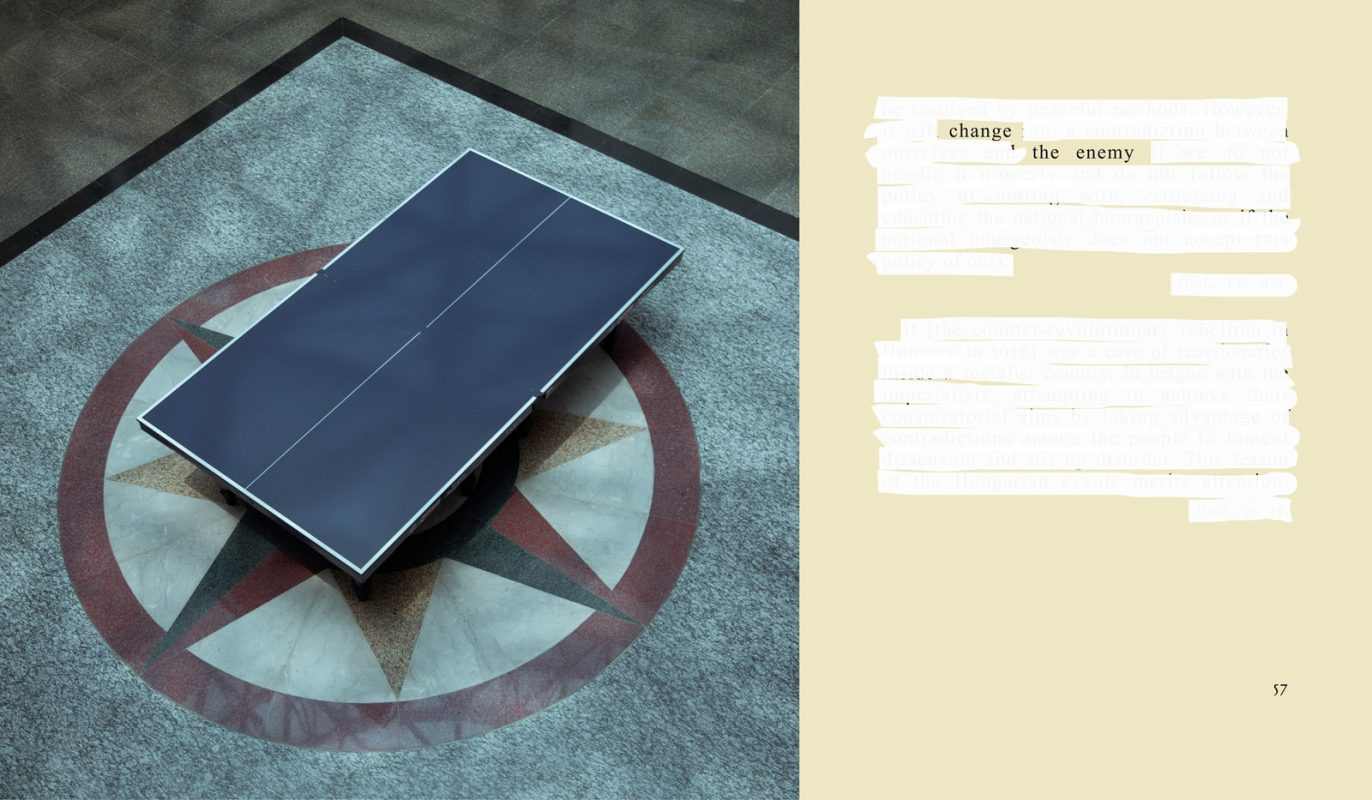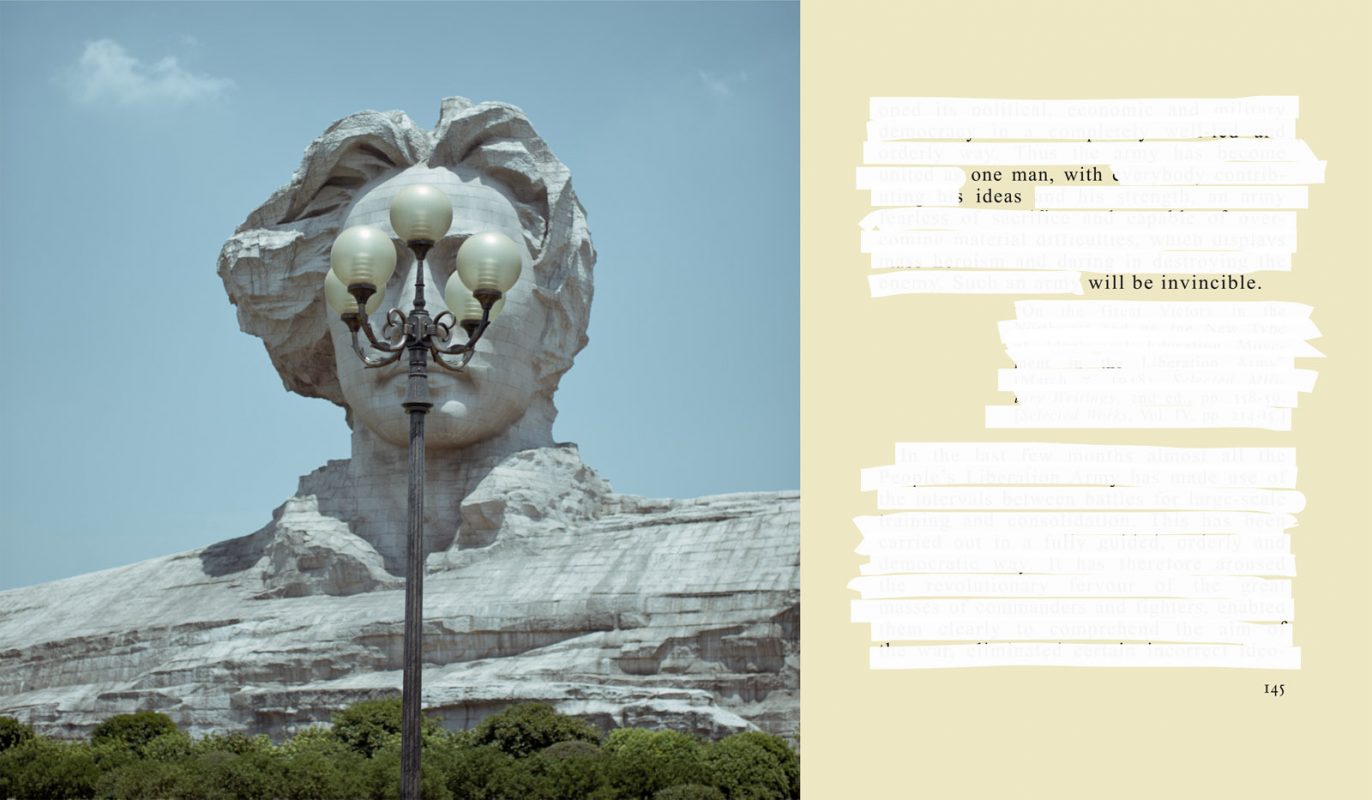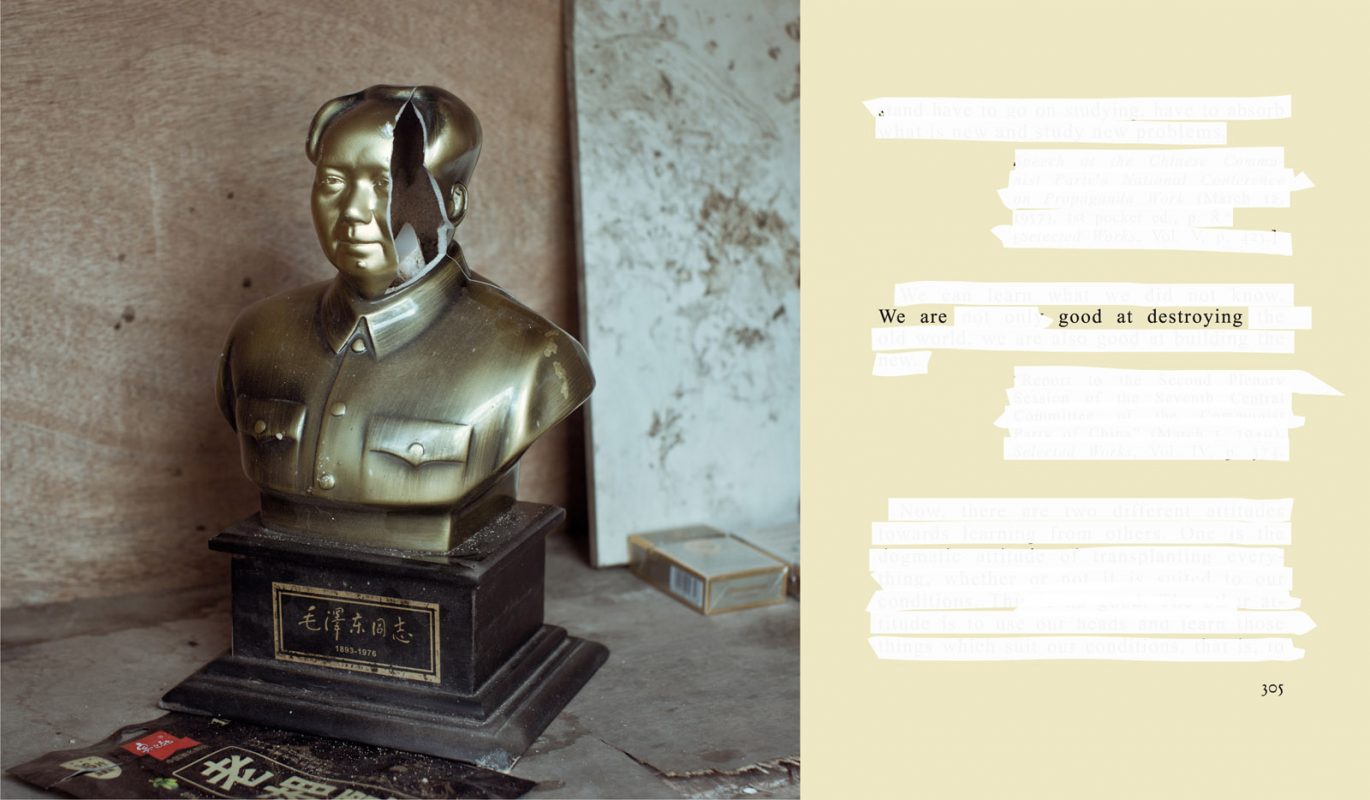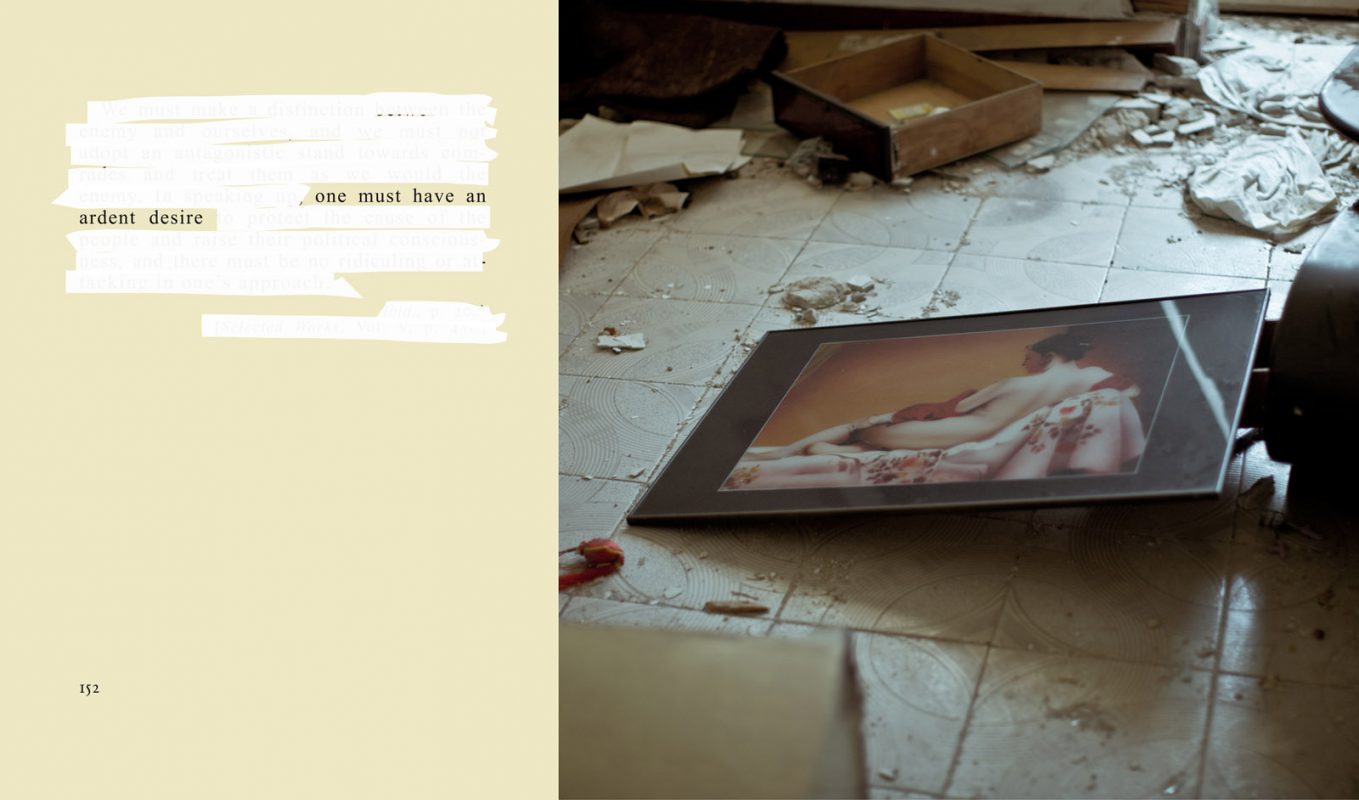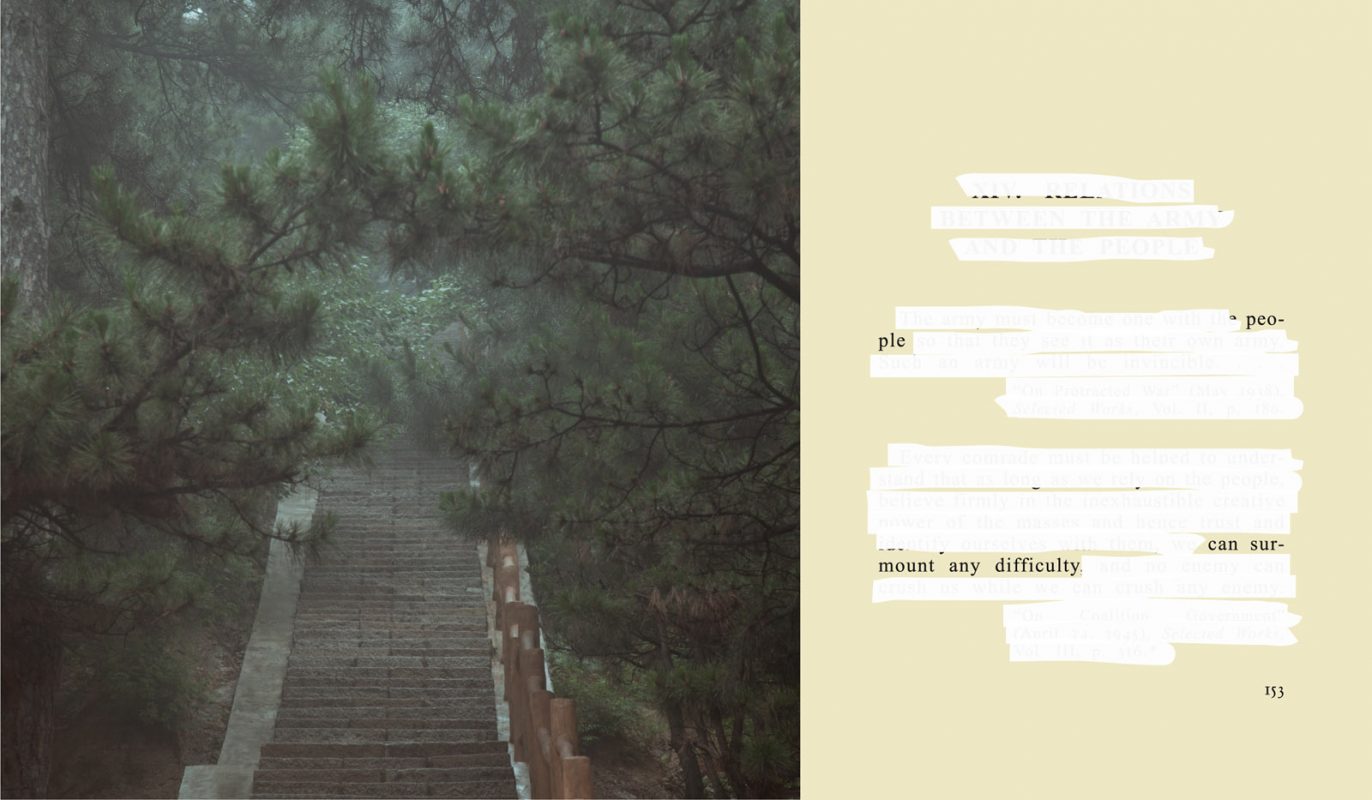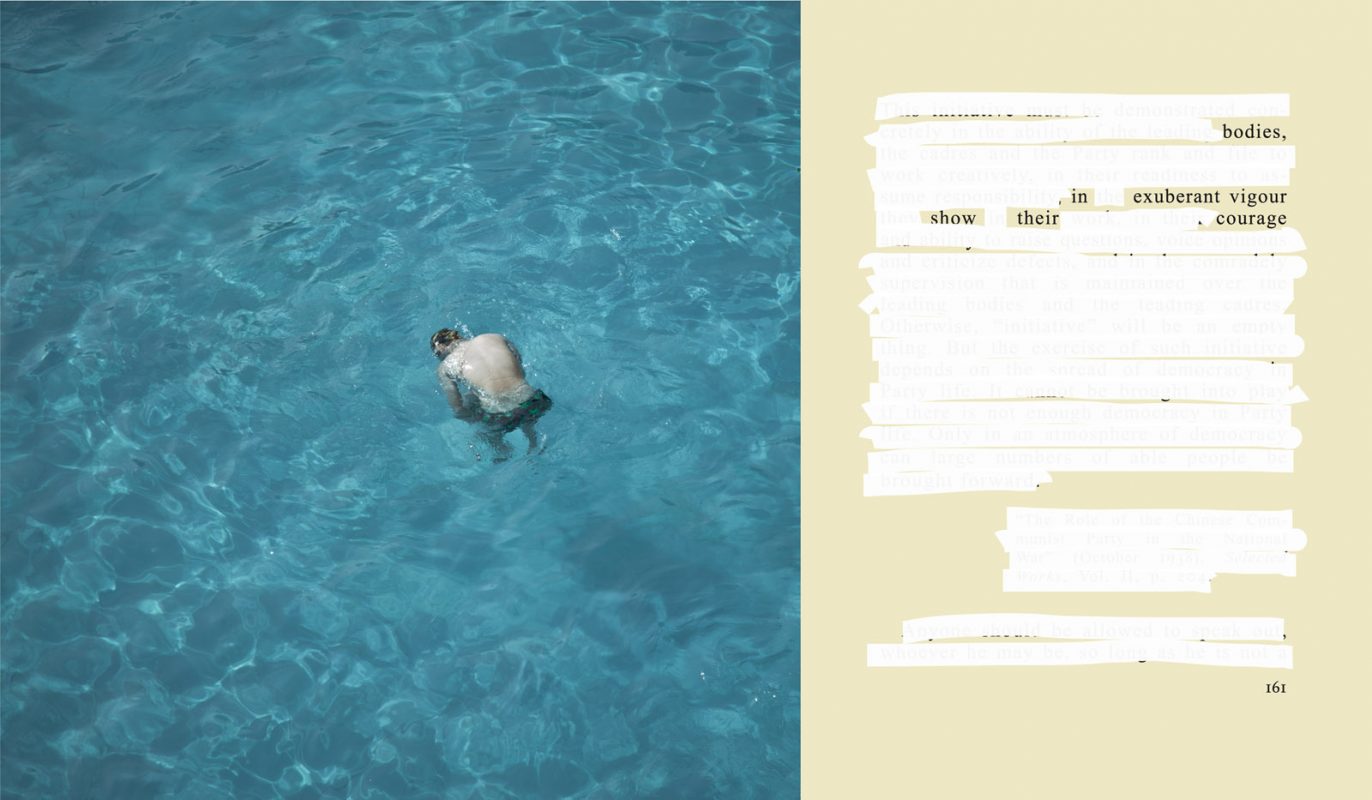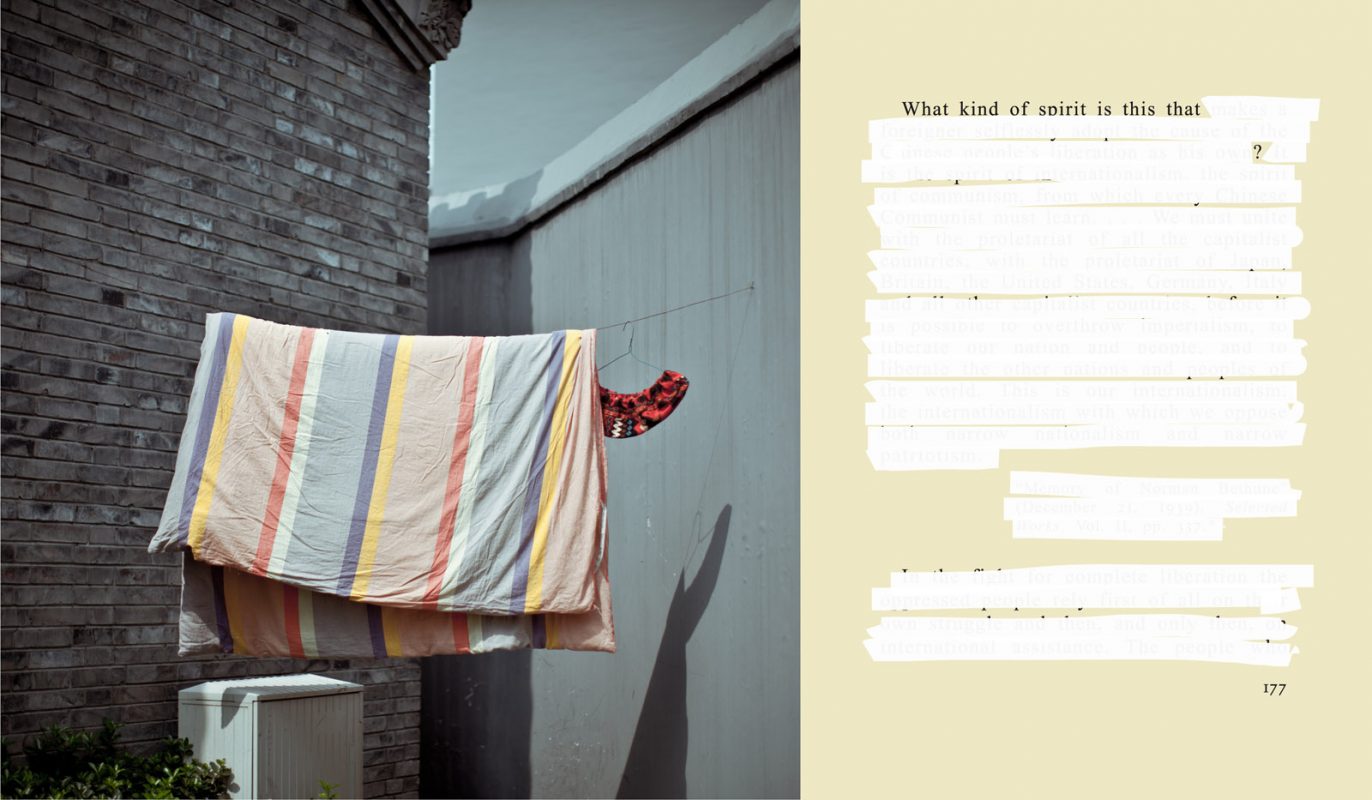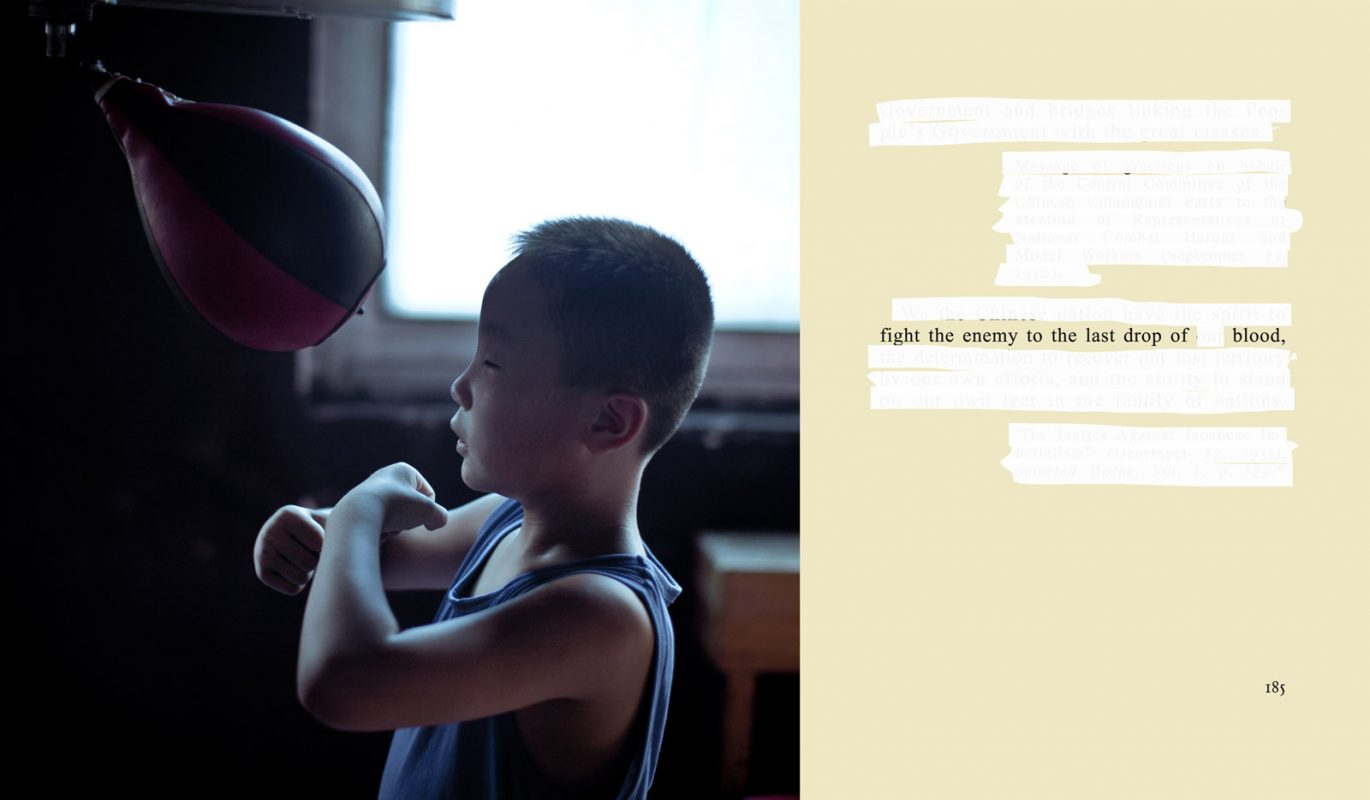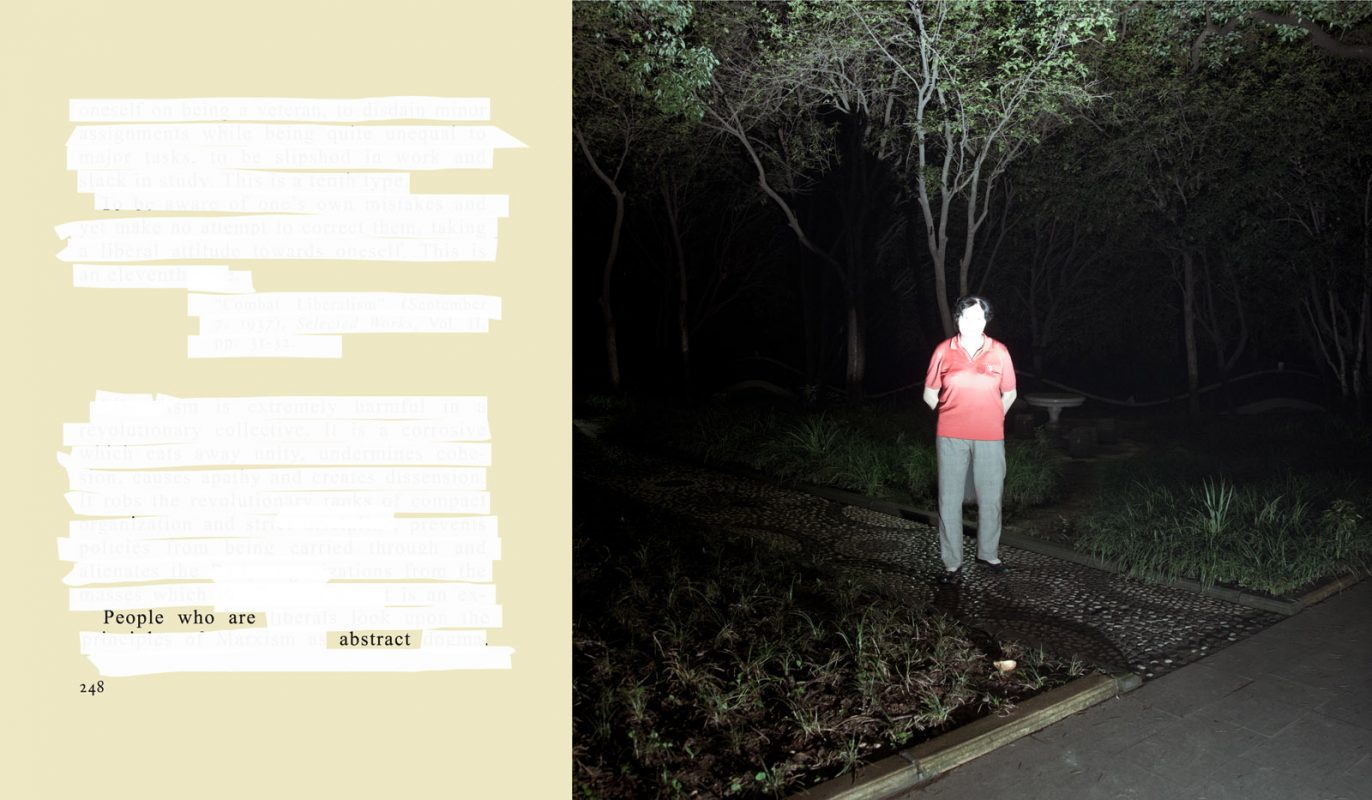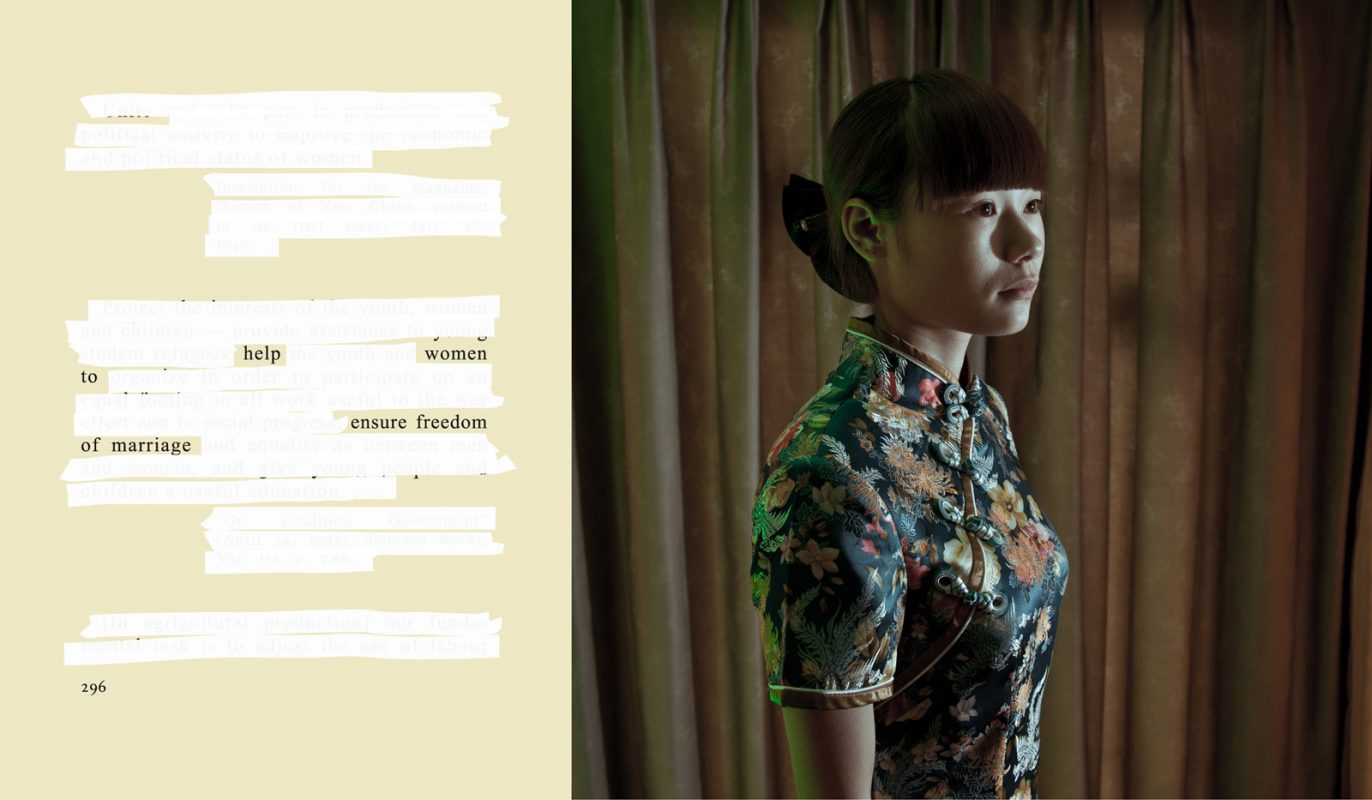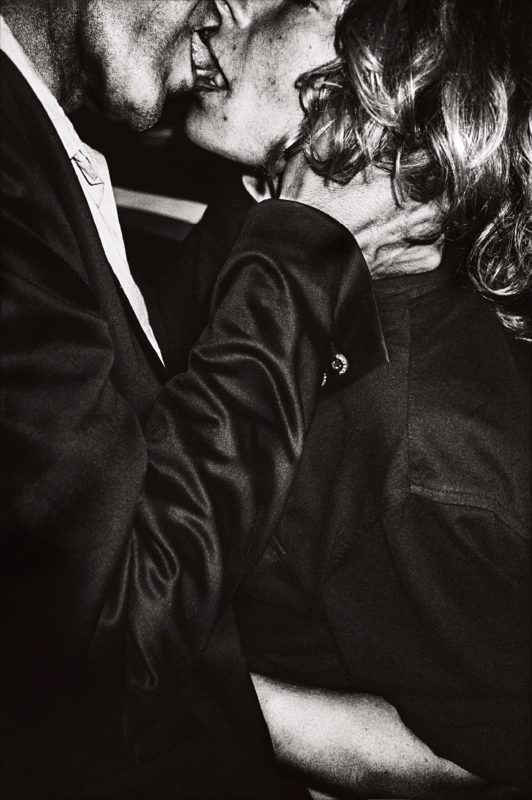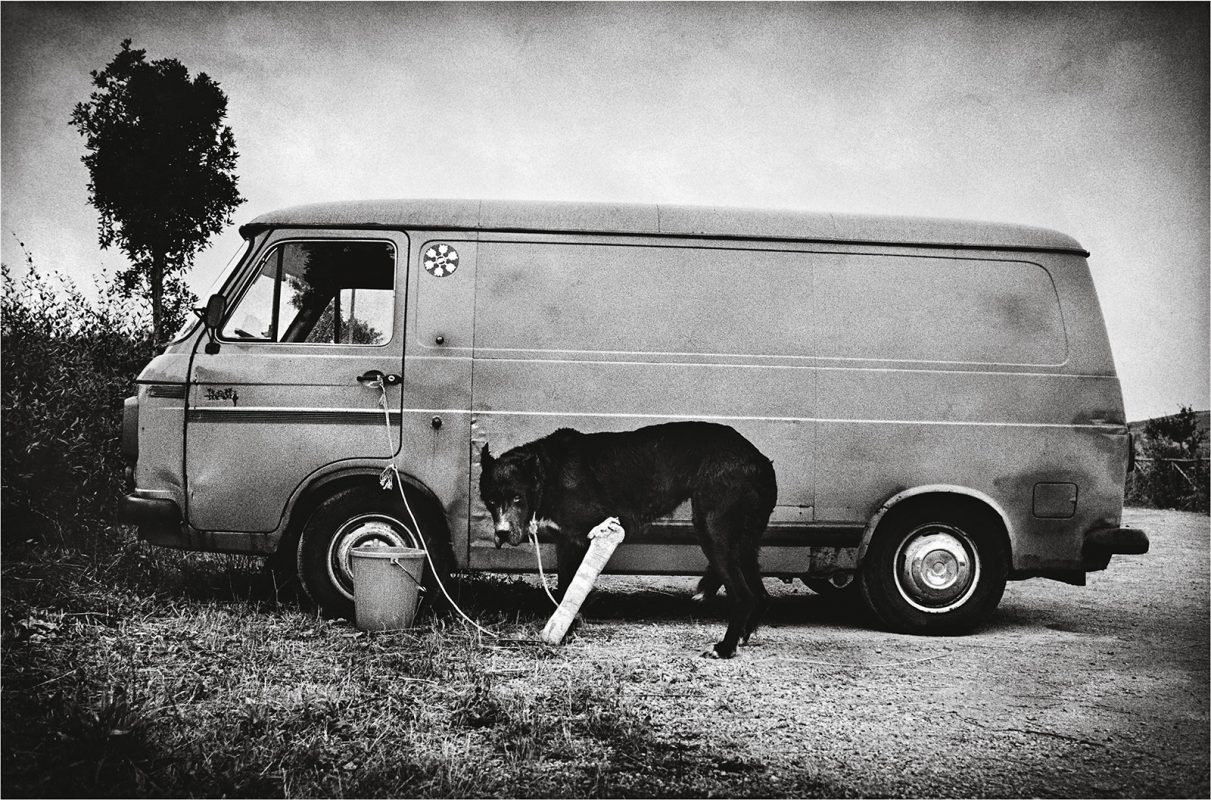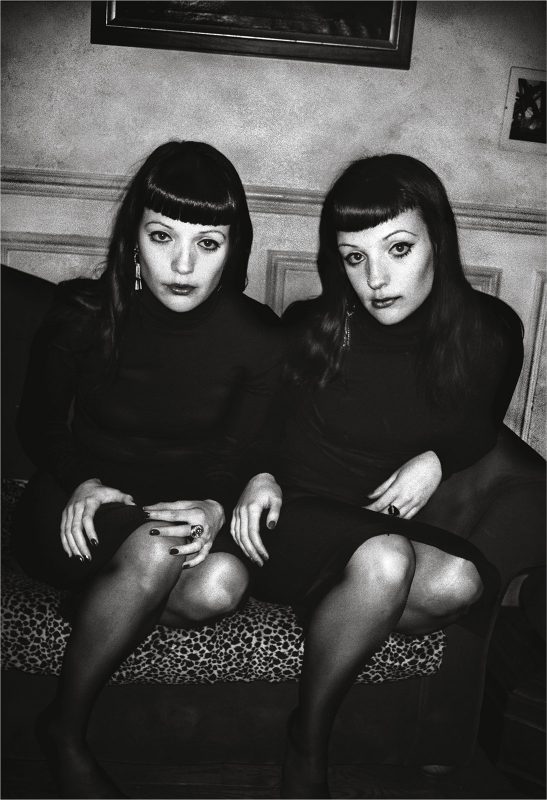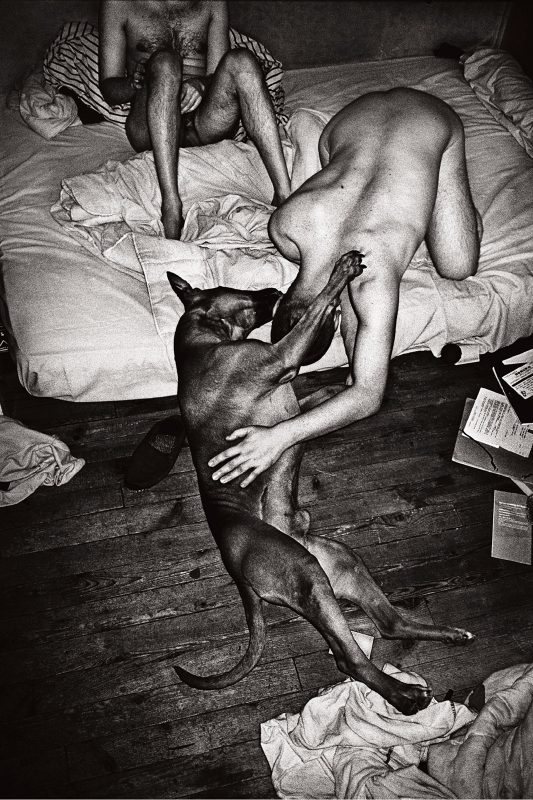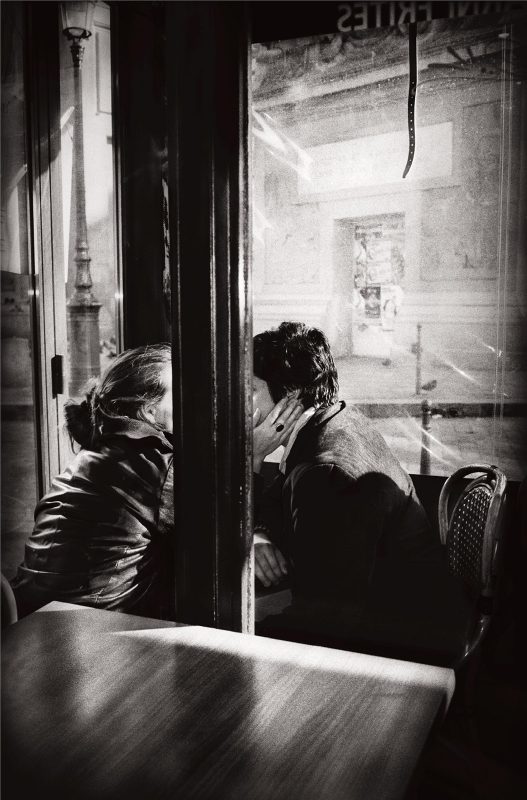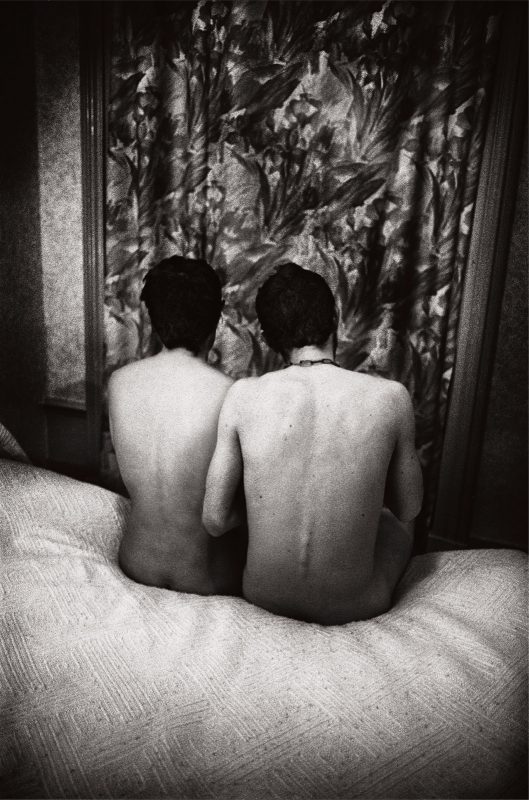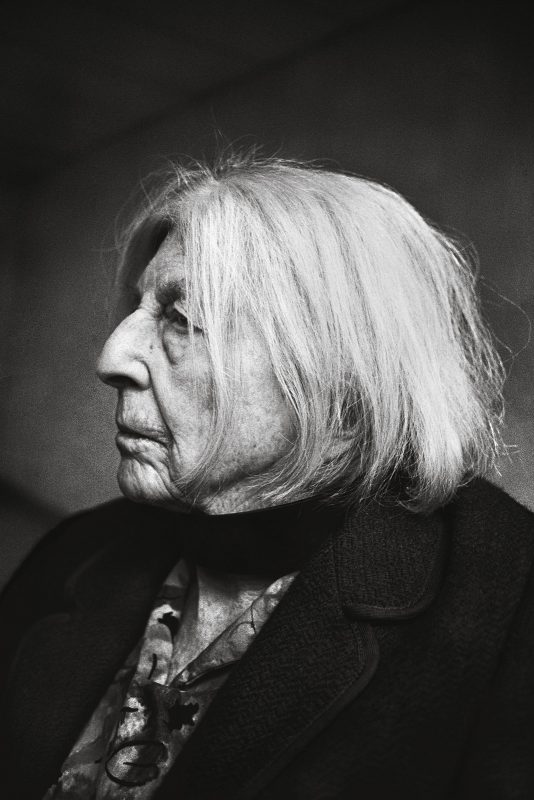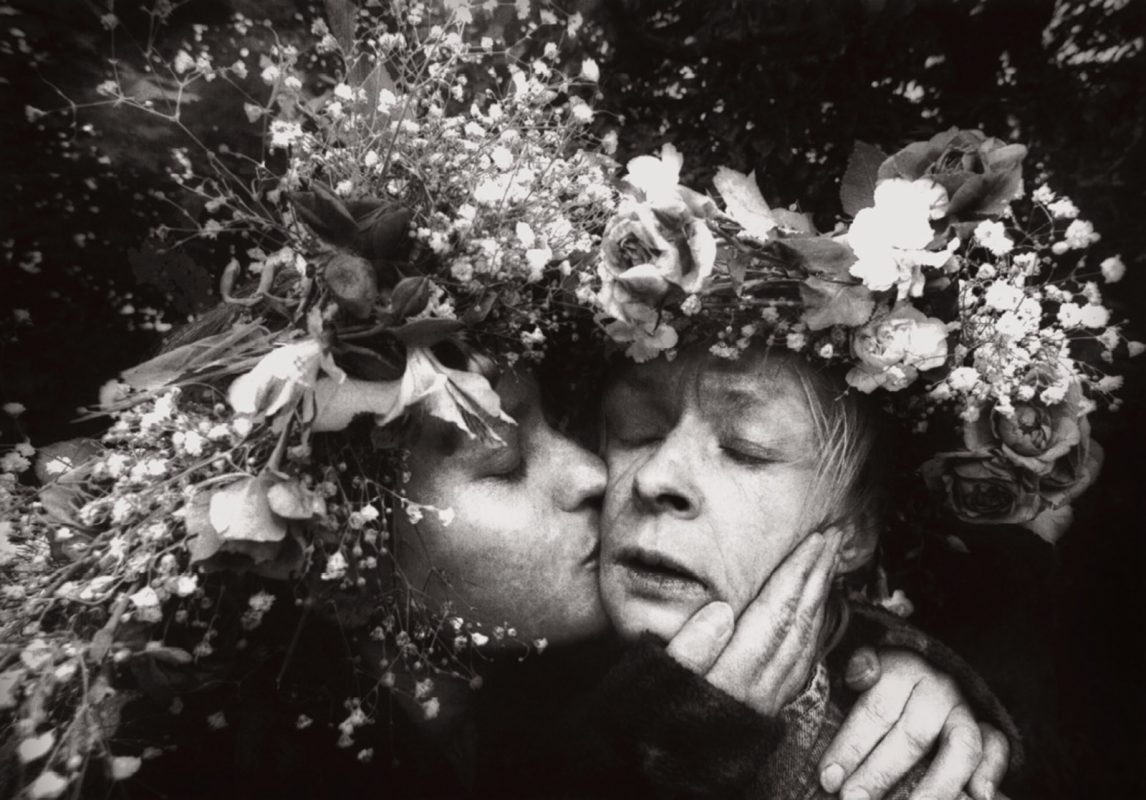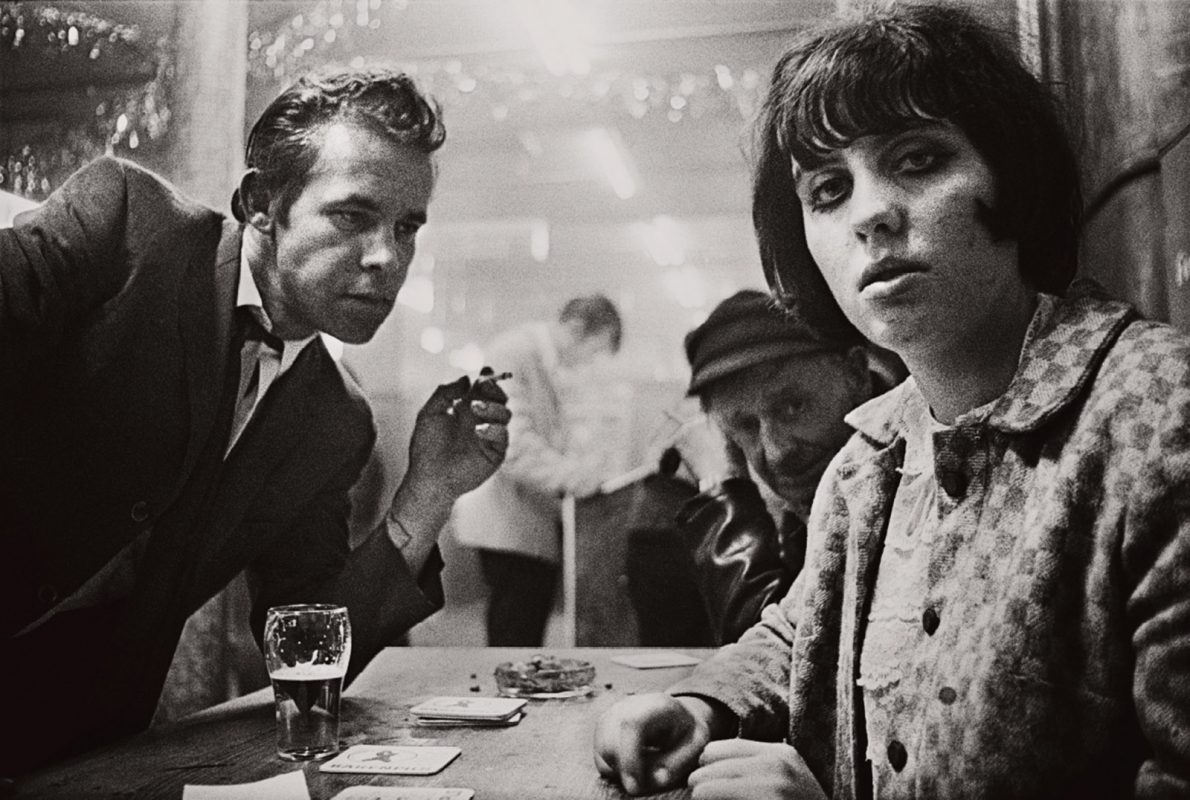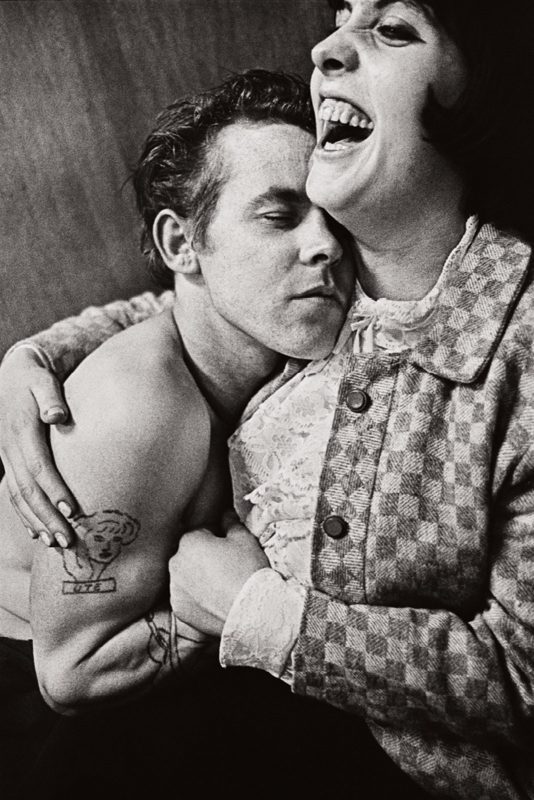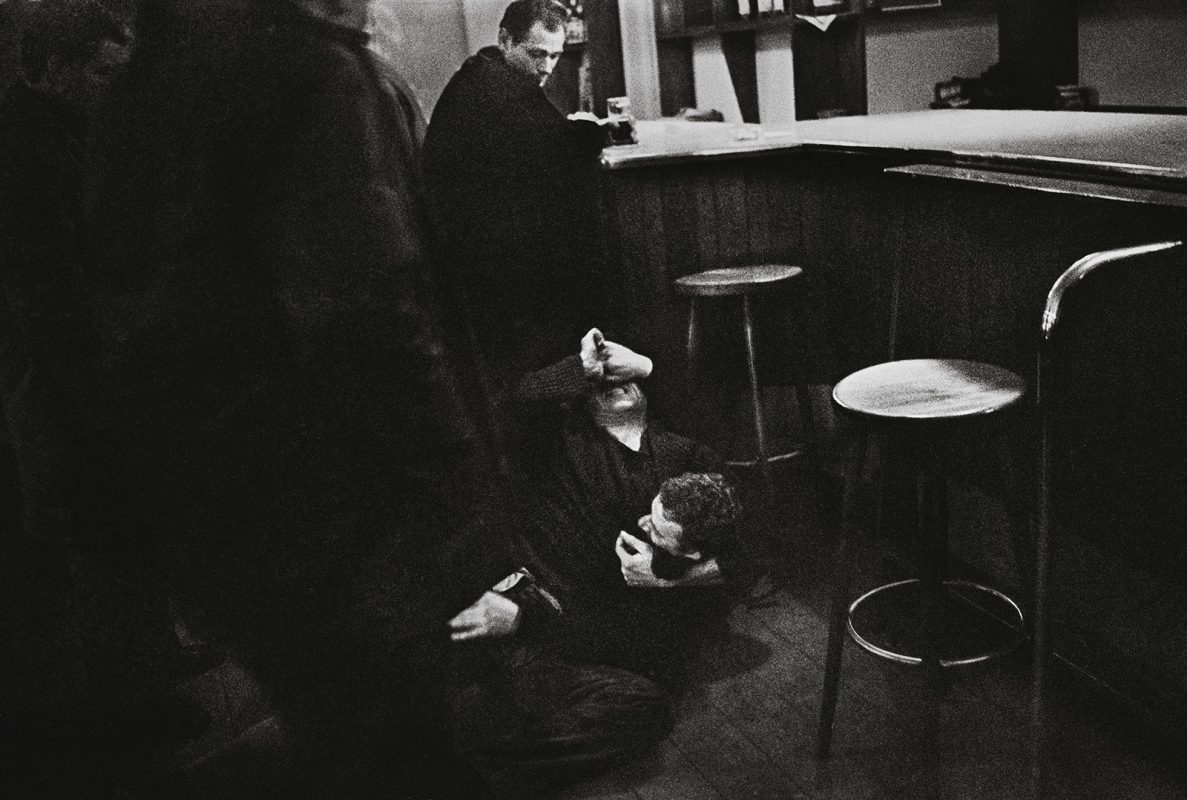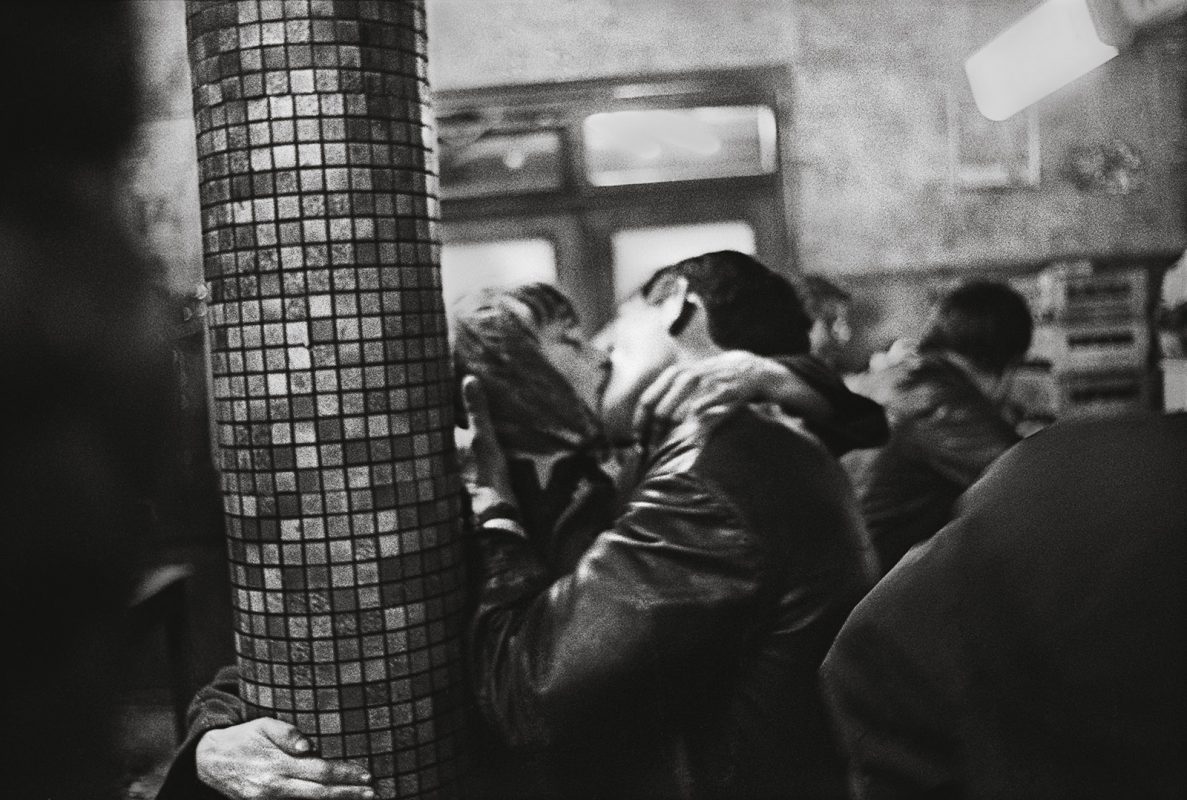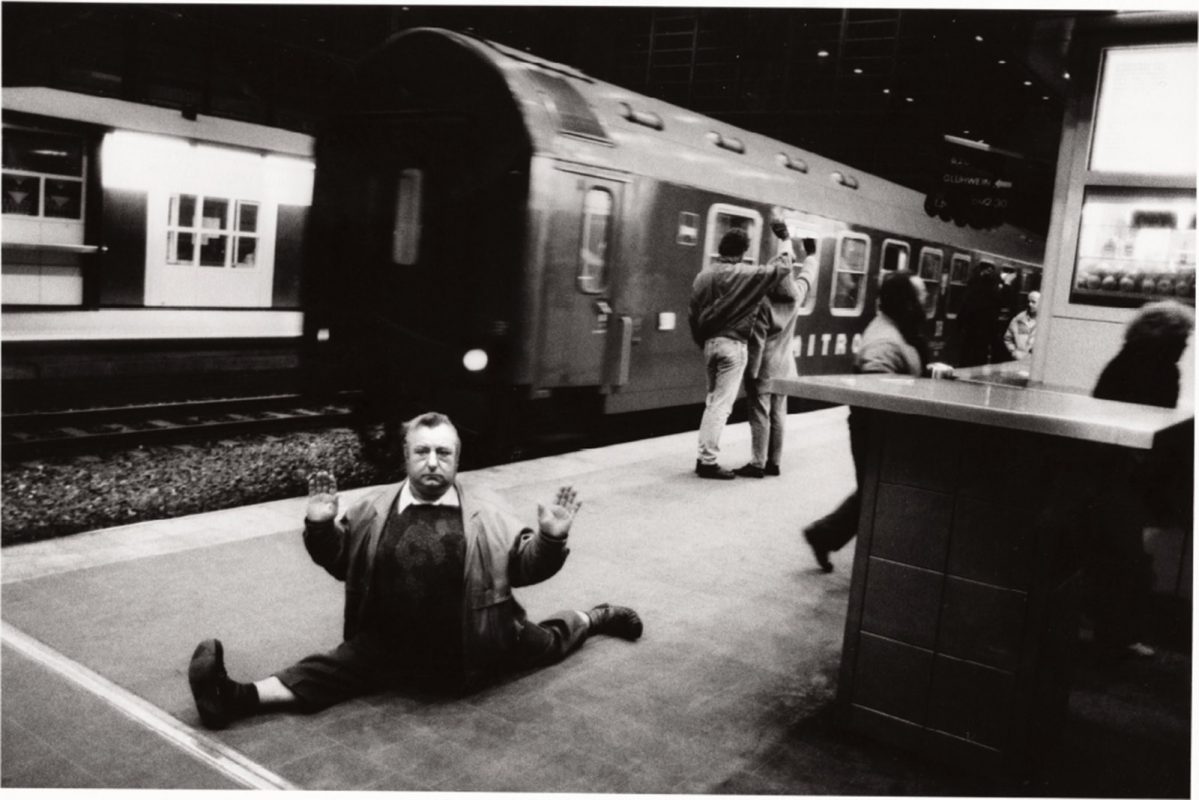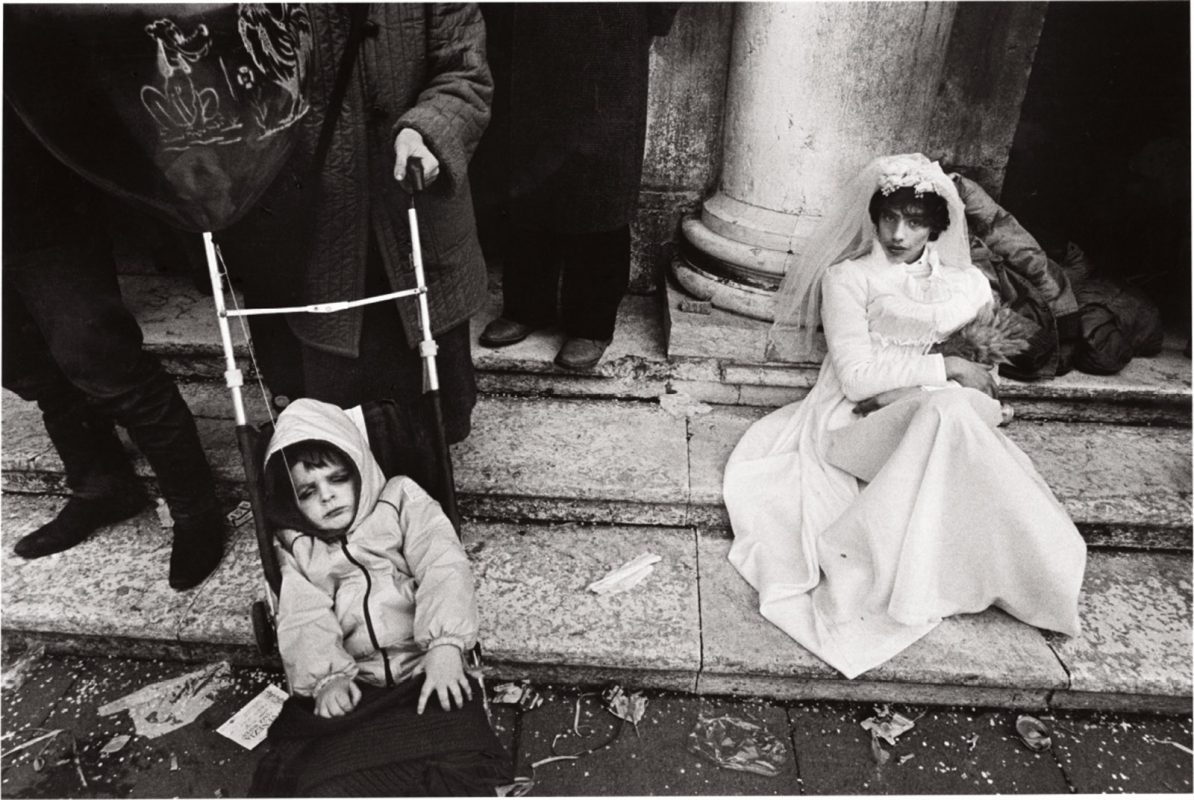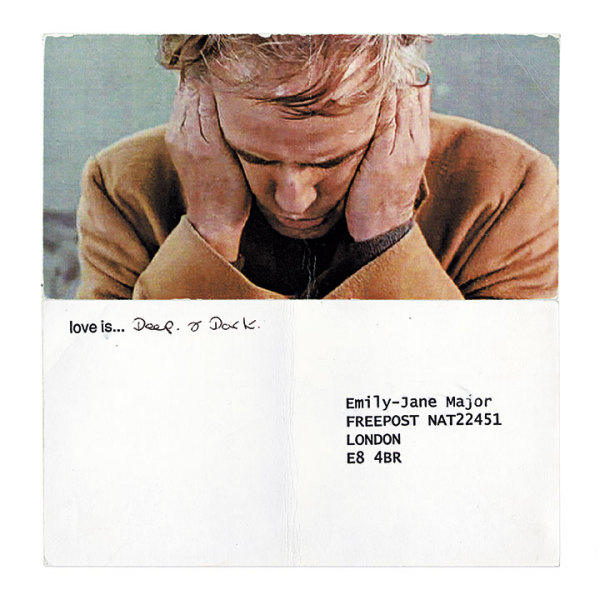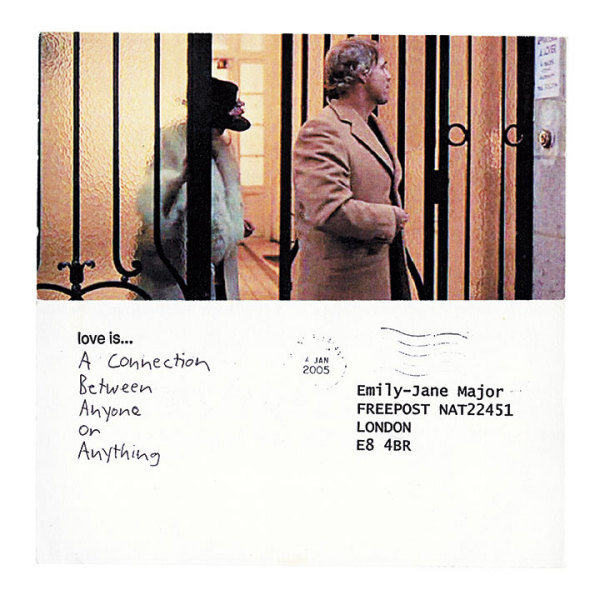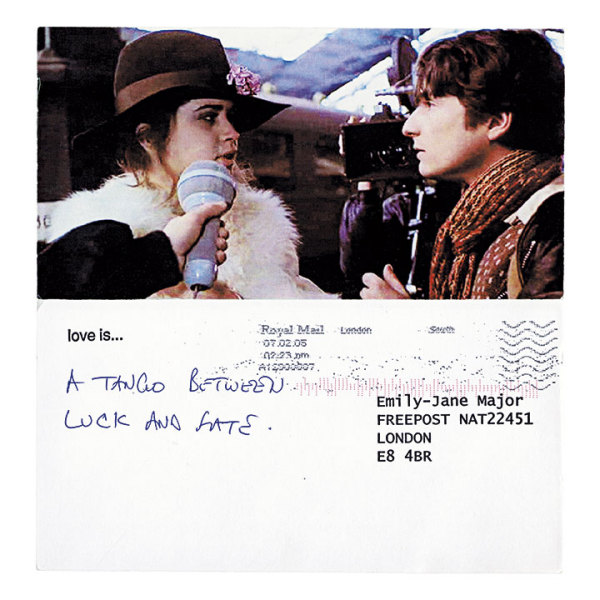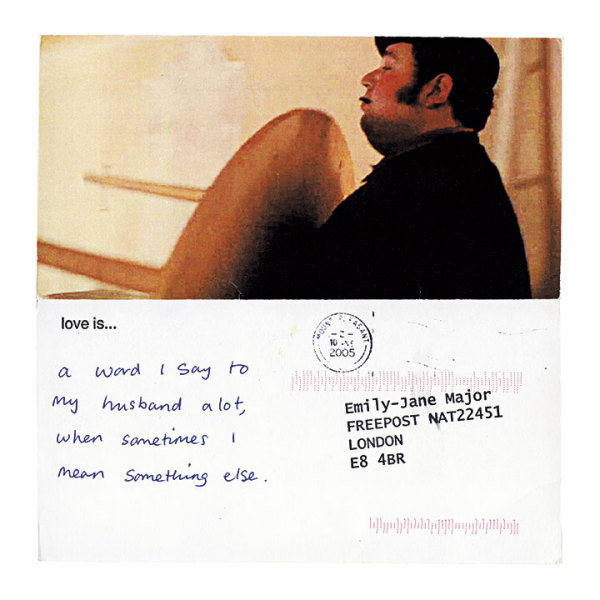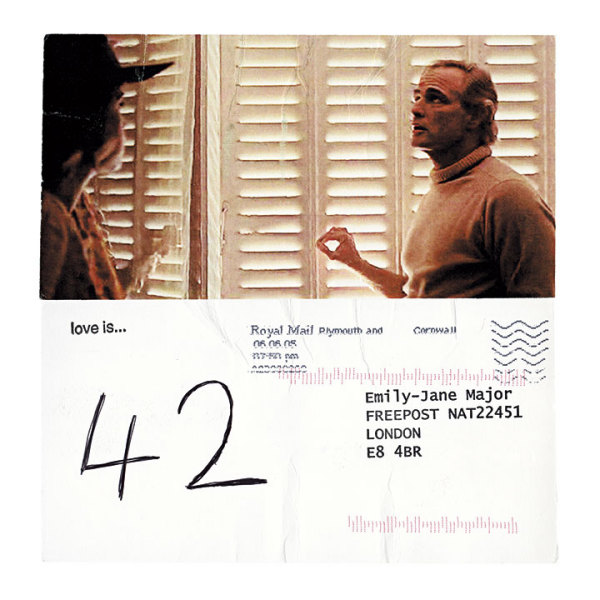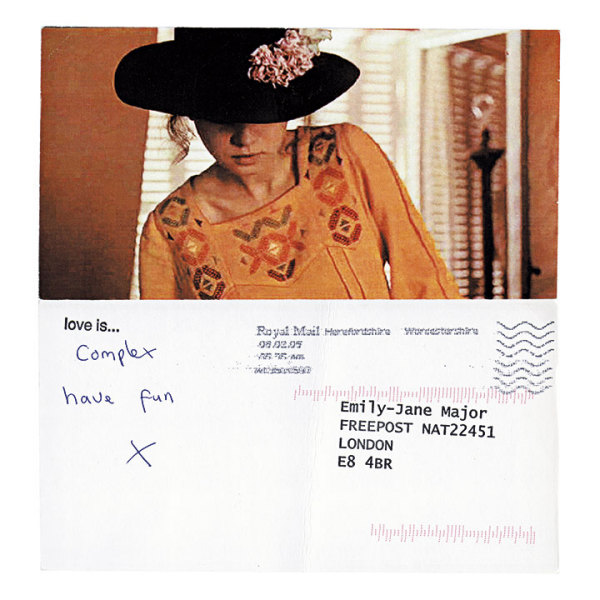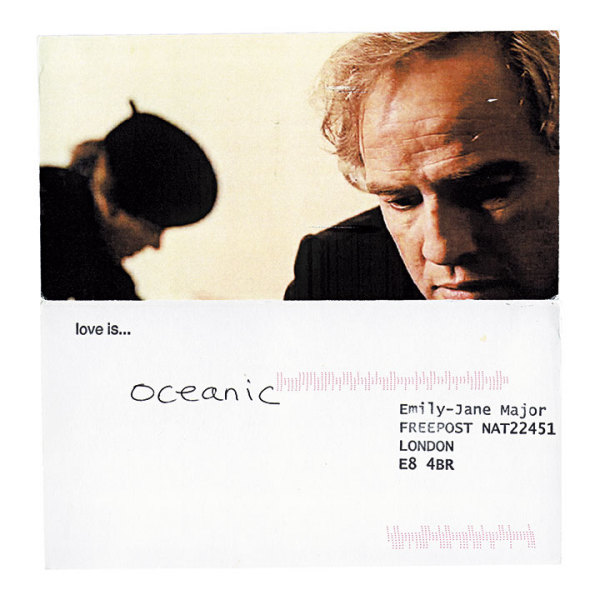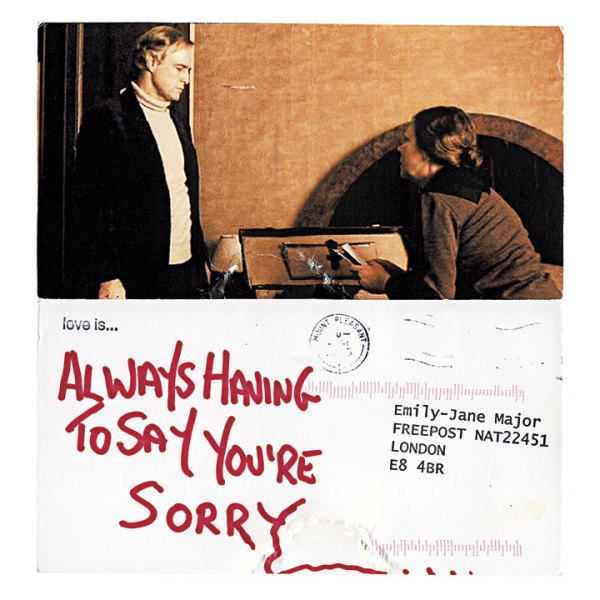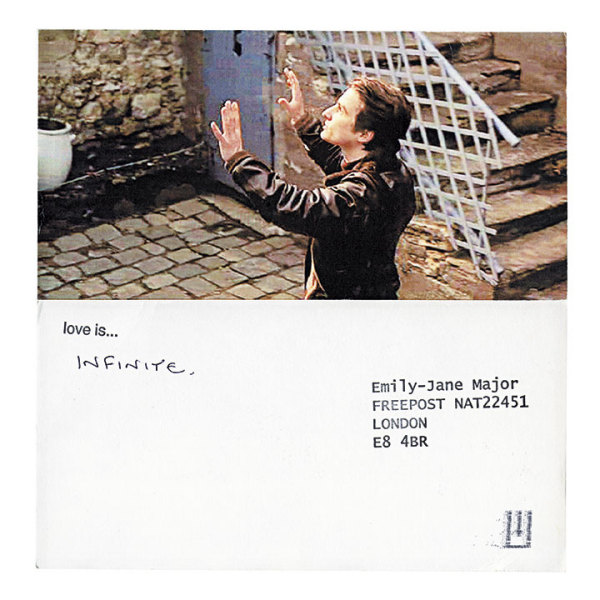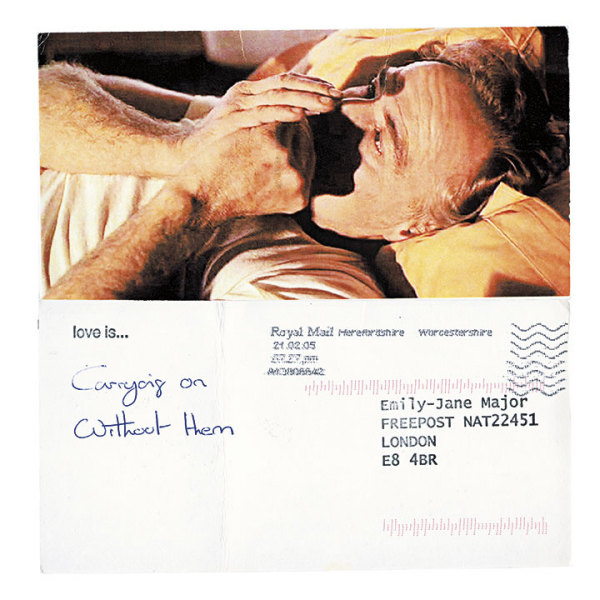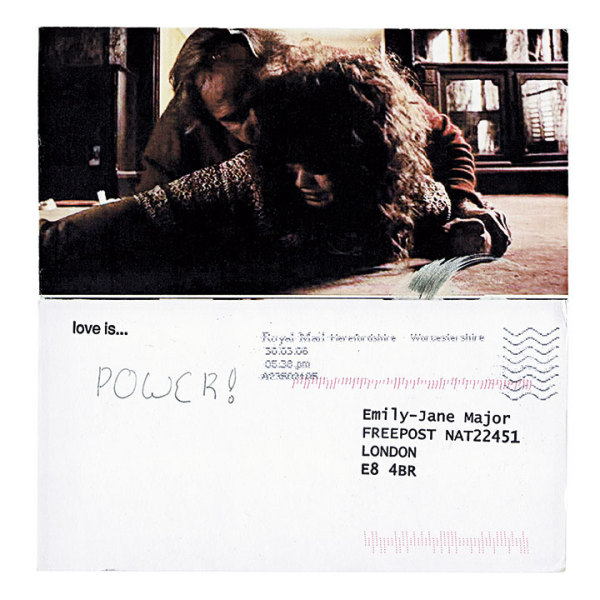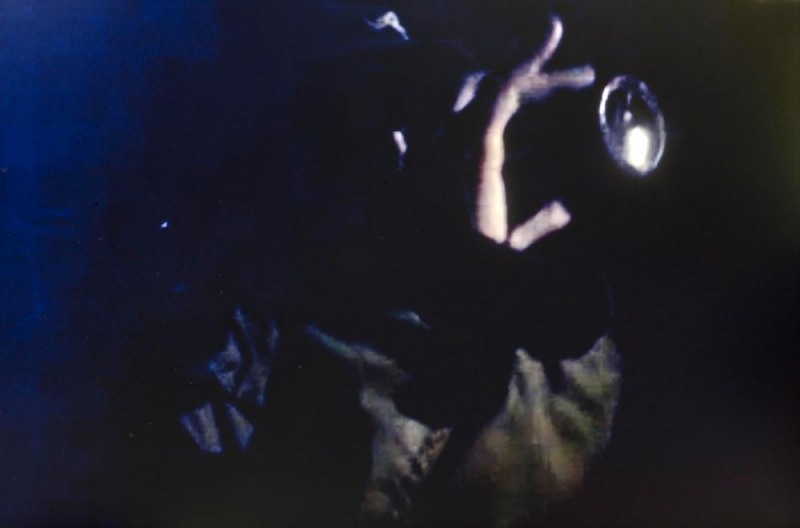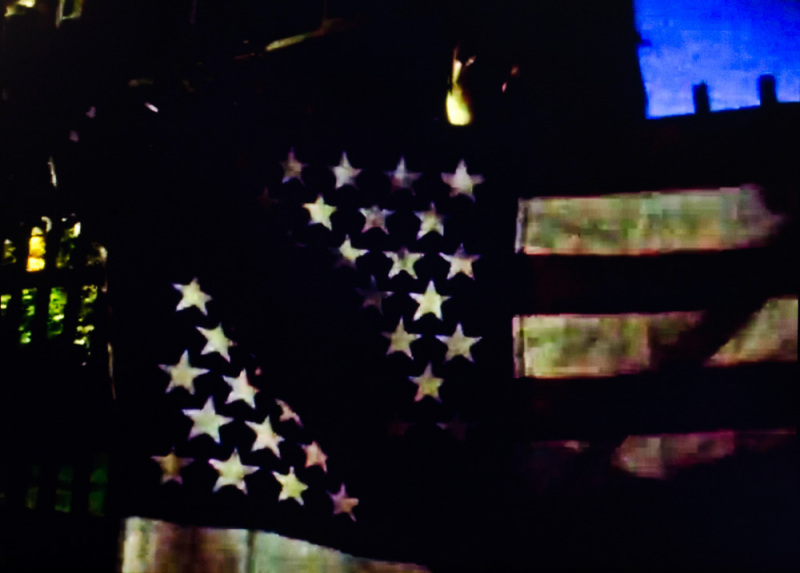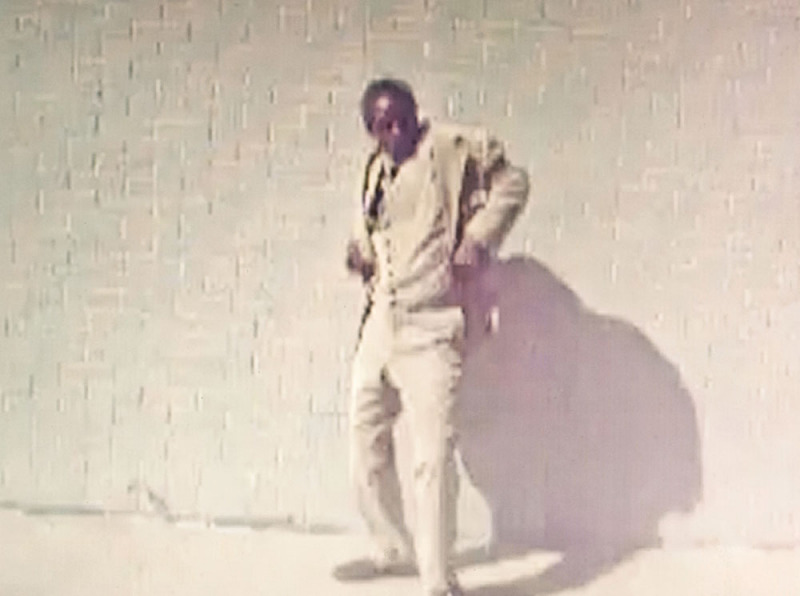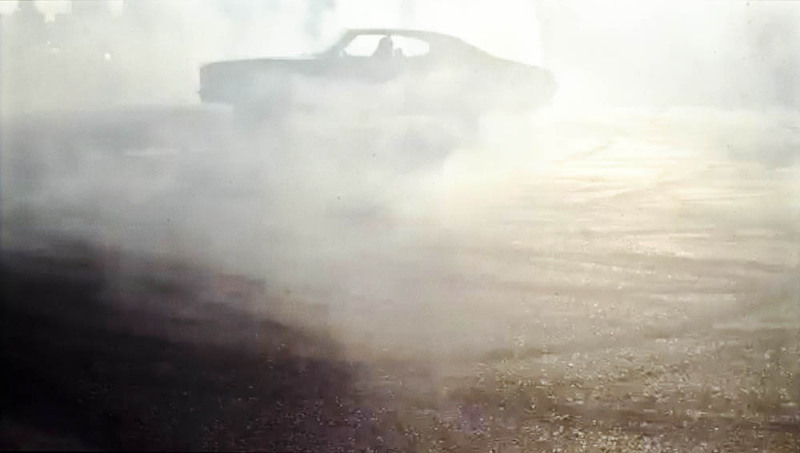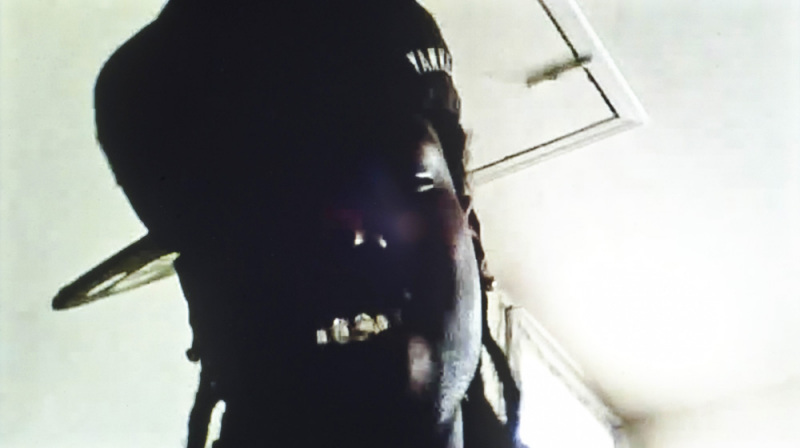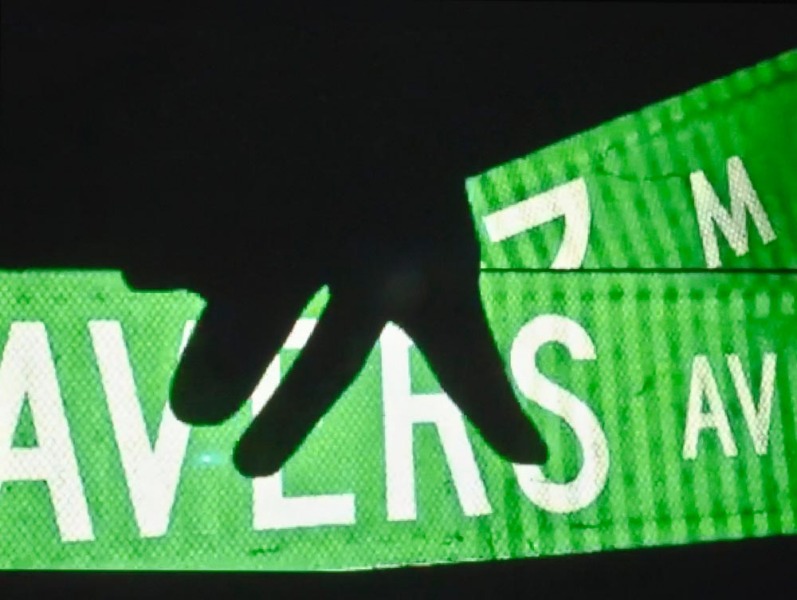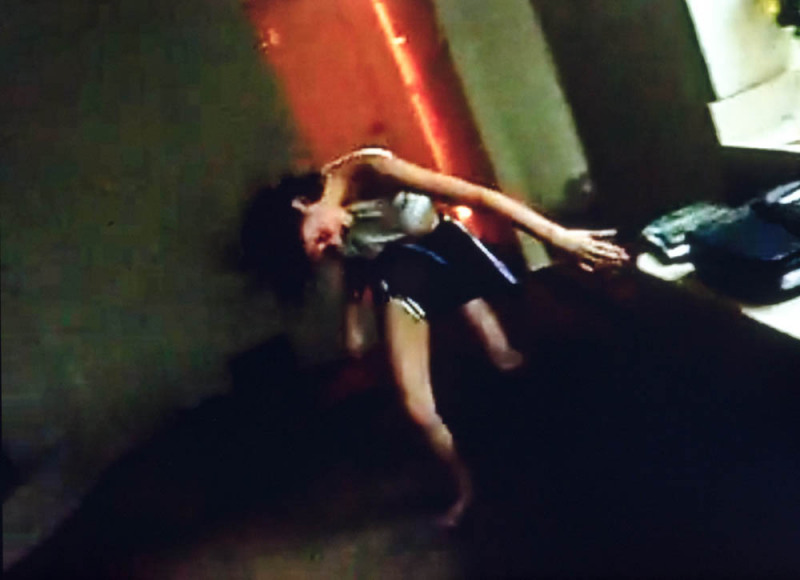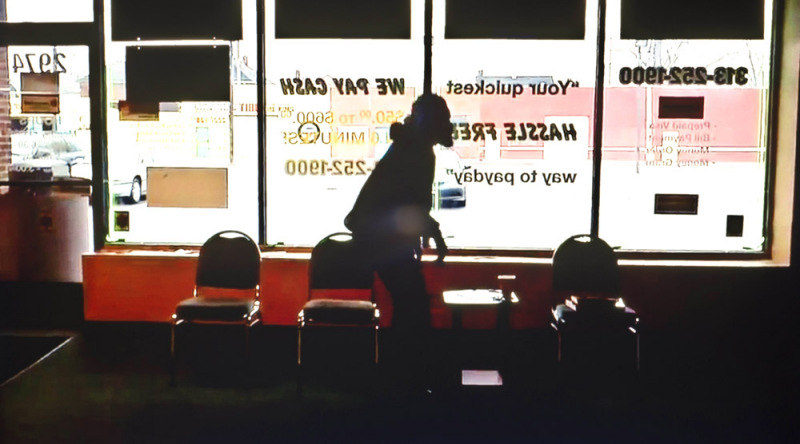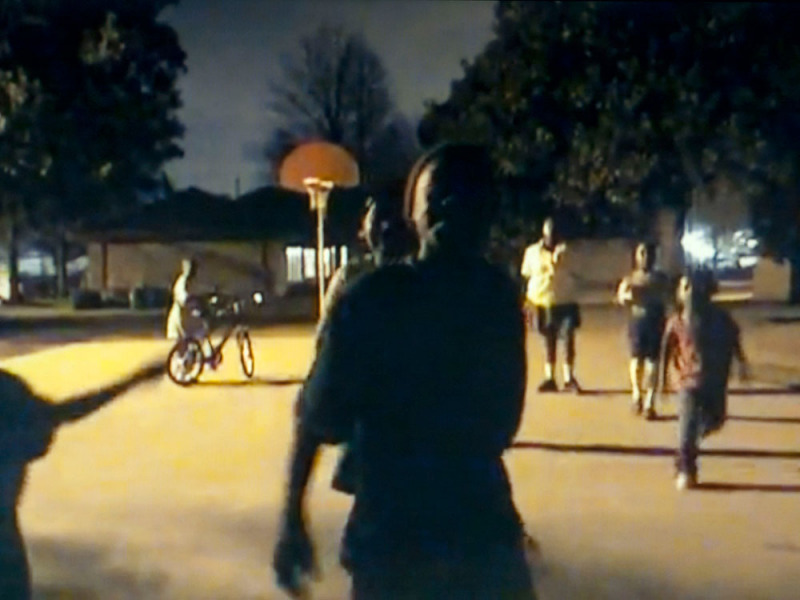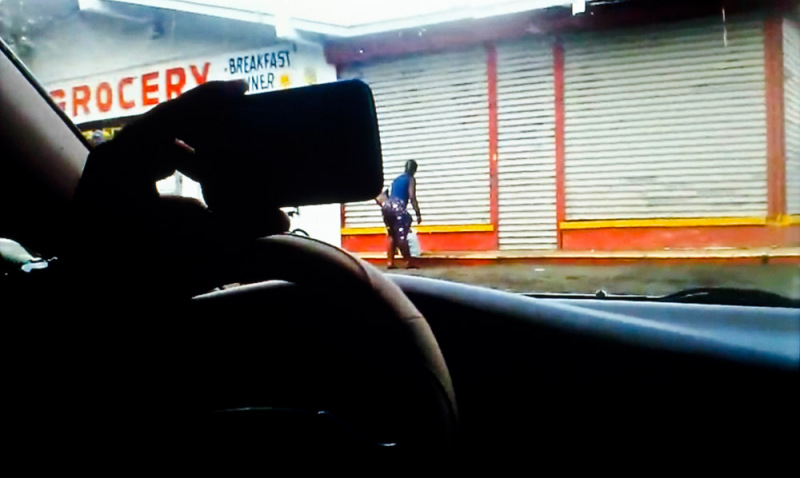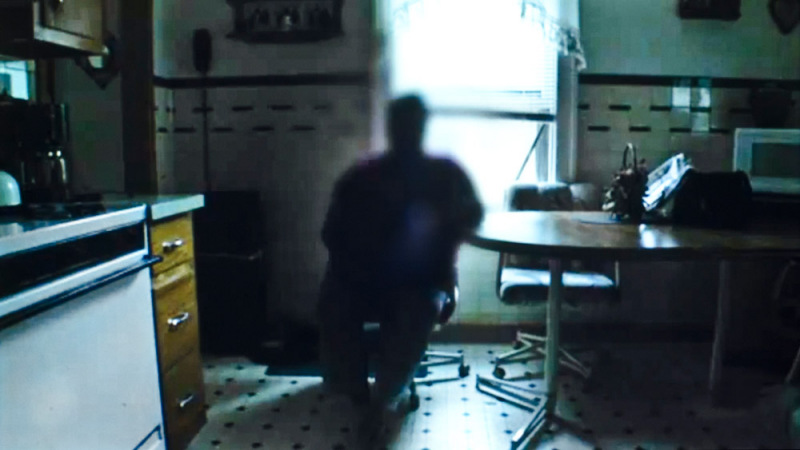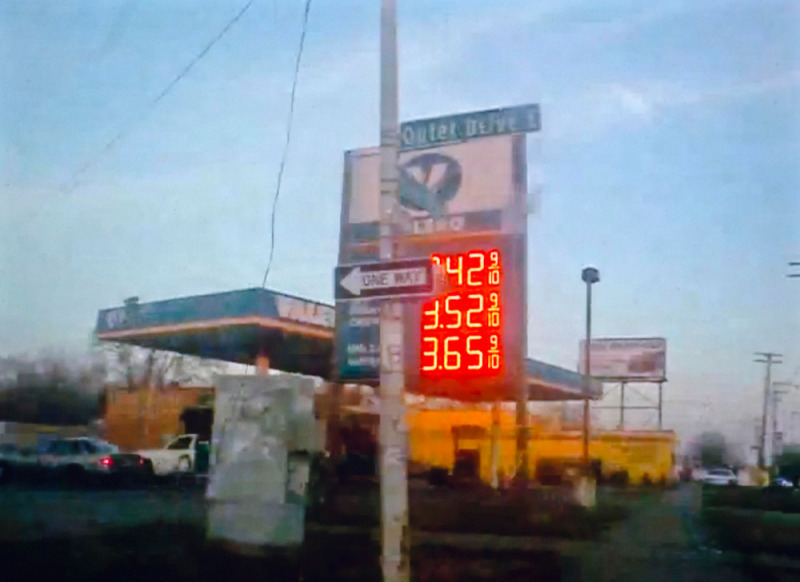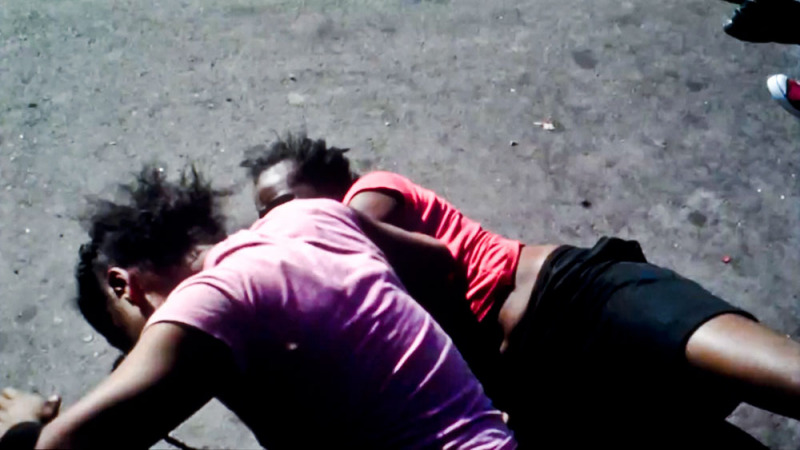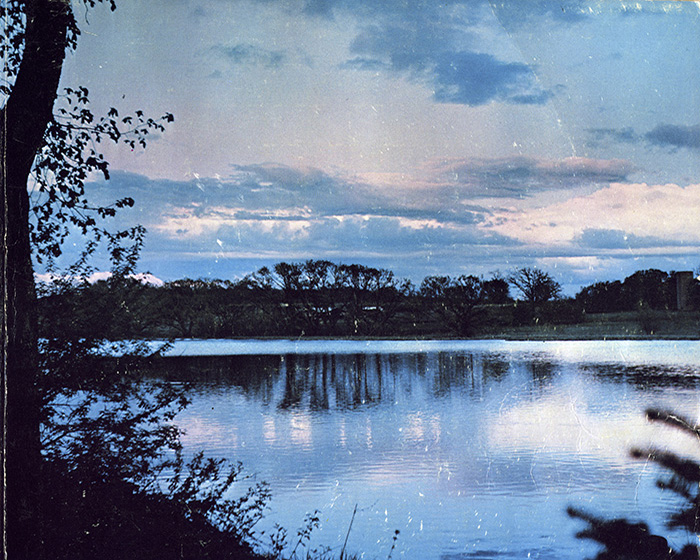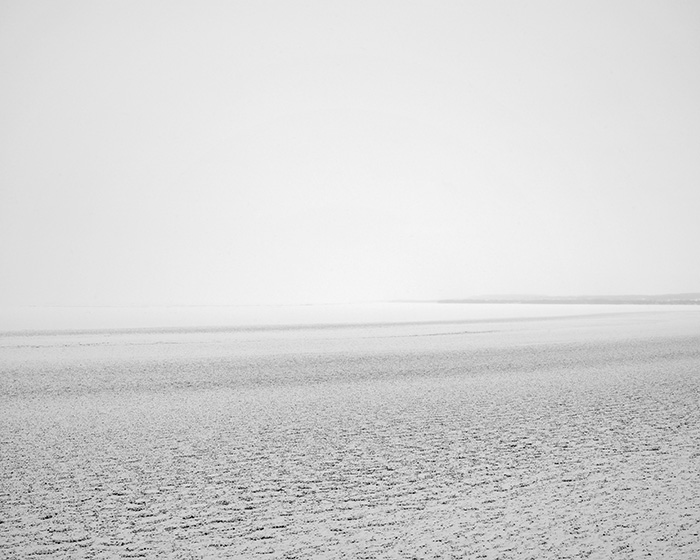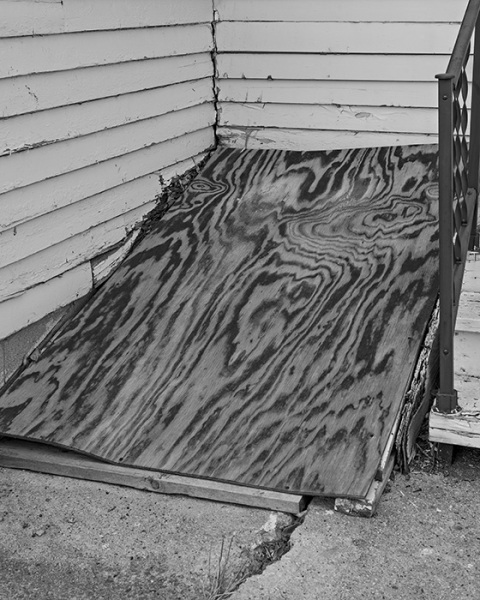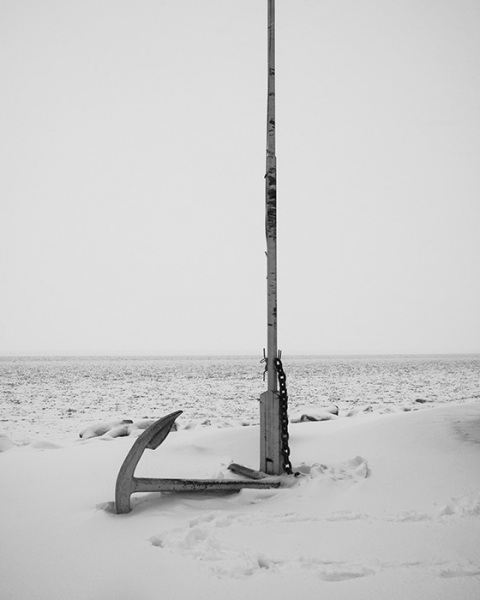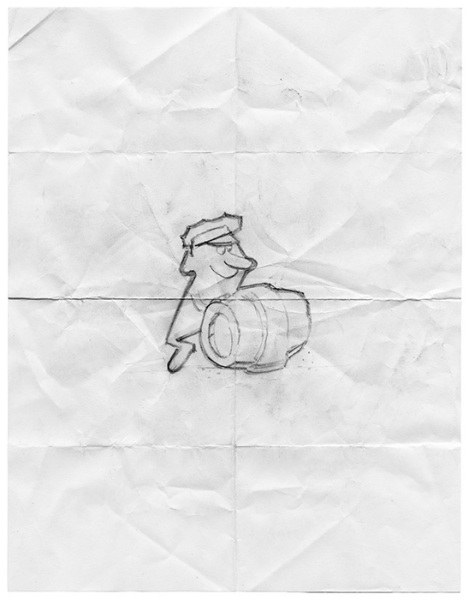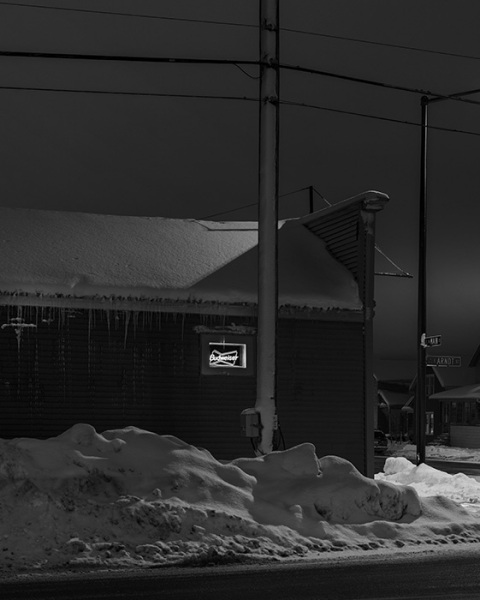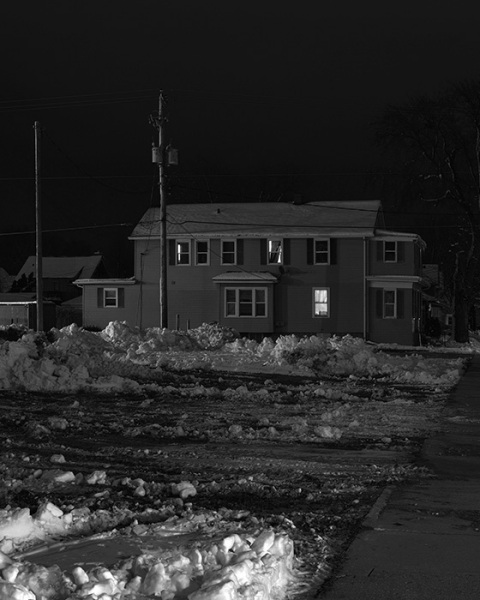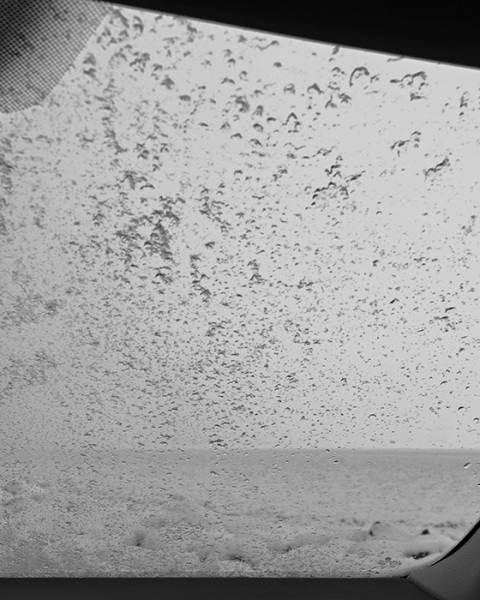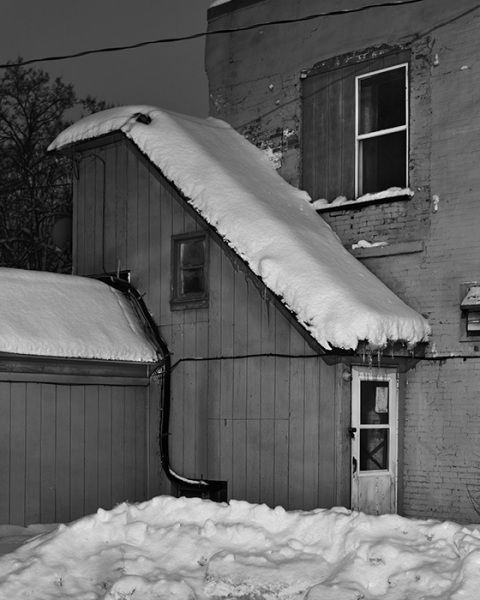Virgílio Ferreira
Being and Becoming
Essay by Tim Clark
Heraclitus, the somewhat contemptuous Greek philosopher who was active around 500BC, posited the idea that change is at once the most constant and essential element of life, when he ventured, “No man ever steps in the same river twice.” More specifically, this aphorism has largely been interpreted, on the one hand, as comparing existence to the flow of a river – given that all things pass and nothing stays – but perhaps more importantly, on the other, as a rumination on the impossibility of coming into contact twice with a mortal being in the same condition.
The statement could also be a useful coda for discussing the new body of work by Portuguese photographer Virgílio Ferreira, entitled Being and Becoming. Couched in a symbolic, literary mode of photography, the series is a subjective and dreamy meditation on the lives and environments of several migrant workers from Portugal, who left their country of birth to start a new life in new lands, principally due to economic reasons.
Courage, upheaval, the promise of opportunity; unfreedom, self-respect and heroism, not withdrawing the possibility of exploitation and poverty – the ultimate capitalist ethic – are all defining features of the migrant experience. Yet rather than exploring material or socio-political circumstances, Ferreira attempts to evoke inner feelings, opening up a perceptual space for reflecting on the construction of “hybrid-identities and the polarity of living in-between cultures, languages, landscapes and borders” – subject matter that is encapsulated and triggered by his subjects. Similarly, the work does not fall into a neatly-defined story since the mood and locations are too ineffable to operate in the documentary vein. Instead, Ferreira sets forth the notion that his protagonists are in fact part of a much larger, collective phenomenon and thus his approach to the topic of immigration is to connect to broader issues of memory and belonging, mobility and boundary.
What Ferreira also offers encompasses concepts of the third space and the Old and New, as he explains: “According to some scholars, the third space is an interaction and articulation with two or more cultures and languages. The Old and the New are states of being; negotiations between social, national, geographic and linguistic spaces. Homi Bhabha claims that these negotiations are ‘the process of cultural hybridity’ which ‘gives rise to something different, something new and unrecognisable, a new area of negotiation of meaning and representation’.”
In his coolly analytic quest to establish meaning, one of the picture-making strategies Ferreira uses to conjure up something of this sense of duality is diptychs; scenarios where he is drawing out deep correlations between the spaces, surfaces and people he elects to photograph and juxtapose. Many comprise solitary men or women or sometimes pairs of people who appear dislocated from their surroundings, although repetitions of the same individual may be seen within a diptych. Let us consider an example of the latter, the diptych that presents two portraits – one in black and white, the other in colour – of a middle-aged woman lost in her own private world of thought. We can only imagine that she is nostalgic and homesick. After all, Ferreira typically locates, understands and describes the human predicament by tapping into feelings of isolation and longing and through piling melancholy on melancholy. But there is also something profoundly empathetic and life-affirming about this picture: her past exists as a free-standing memory, the future as hope and anticipation, and her aims and recollection are the building blocks between the two.
In parallel to this, as is the case elsewhere in the series, we can clearly witness the feeling of being uprooted in a foreign country or of seeing oneself through the filter of difference in an adopted city. With its unerringly psychological portrayal of the individual, this kind of photography specialises in silence and darkness, and unlocks even awakens a sensation of anonymity. As such, it might be argued that Ferreira converts this into his true thematic.
These thoughts press harder when we pause to reflect on the distinct atmosphere emanating from and within the images. Ferreira’s photography does not take its cue from the drama of events, rituals or spontaneous actions, but opts for a language of complexity that is alive with ambiguities to make visible a disquieting feeling of loneliness and alienation. Perhaps this is why a great deal of the photographs in Being and Becoming do not seem to be of anything much except people drifting away in moments of repose. As Ferreira, holding this in the balance, writes: “What I intent to depict is not only the human presence, but emotional aspects or inscriptions (on people’s faces or bodies) that may have an immaterial and vague quality, while symptomatic enough and able to reveal something.”
That certain something is indeed incredibly subtle and nuanced. Arriving in these quiet yet intense photographs, figures vie for prominence but are routinely blurred and shift in and out of focus amid expansive landscapes, while at other times their depiction gives way to shadows or simply teeters on the threshold of visibility altogether. Ferreira’s images appear fluid, unfixed and transitory, as are the subjects he portrays. They play with diffuse traces, obstructions and layers of dappled light to lock us in moments where elements of past and future coalesce with the present.
Nowhere is this more evident than on the occasions where Ferreira has produced works by means of multiple exposures (without resorting to digital manipulation), one half literally acting as a mirror image of the other, and in composition and lighting they fuse together perfectly. His aim, as he states, “is to create a notion of continuity between ‘there’ and ‘here’, where two points in time overlap in the same place.” The most affecting case in point is a close-up of water rushing over a stone in a river, which he has then moved and re-photographed. The resulting composite creates a simultaneously disorienting but powerful impression; now stalled and loading the photograph as a form of allegory and an expression of the dichotomy between presence and absence.
In a sense, the photographs seen in Being and Becoming are more like a collection of proverbs that speaks to certain universal truths. Something is happening here that heralds a unity of opposites, a flux doctrine that ultimately points to the way things are the same and not the same over time. Now is then: what came before comes after. Here is Virgílio Ferreira rallying at Heraclitus’ defence in 2014. ♦
All images courtesy of the artist. © Virgílio Ferreira
—
1000 Words Julia Margaret Cameron: Influence and IntimacyGathered Leaves: Photographs by Alec SothPeter Watkins: The UnforgettingRebecoming: The Other European TravellersFOAMTIME LightboxThe TelegraphThe Sunday TimesPhotoworksThe British Journal of Photography


